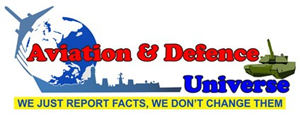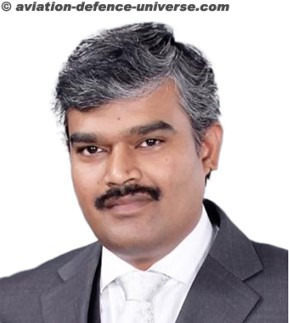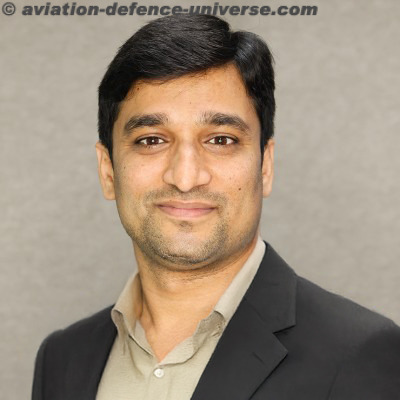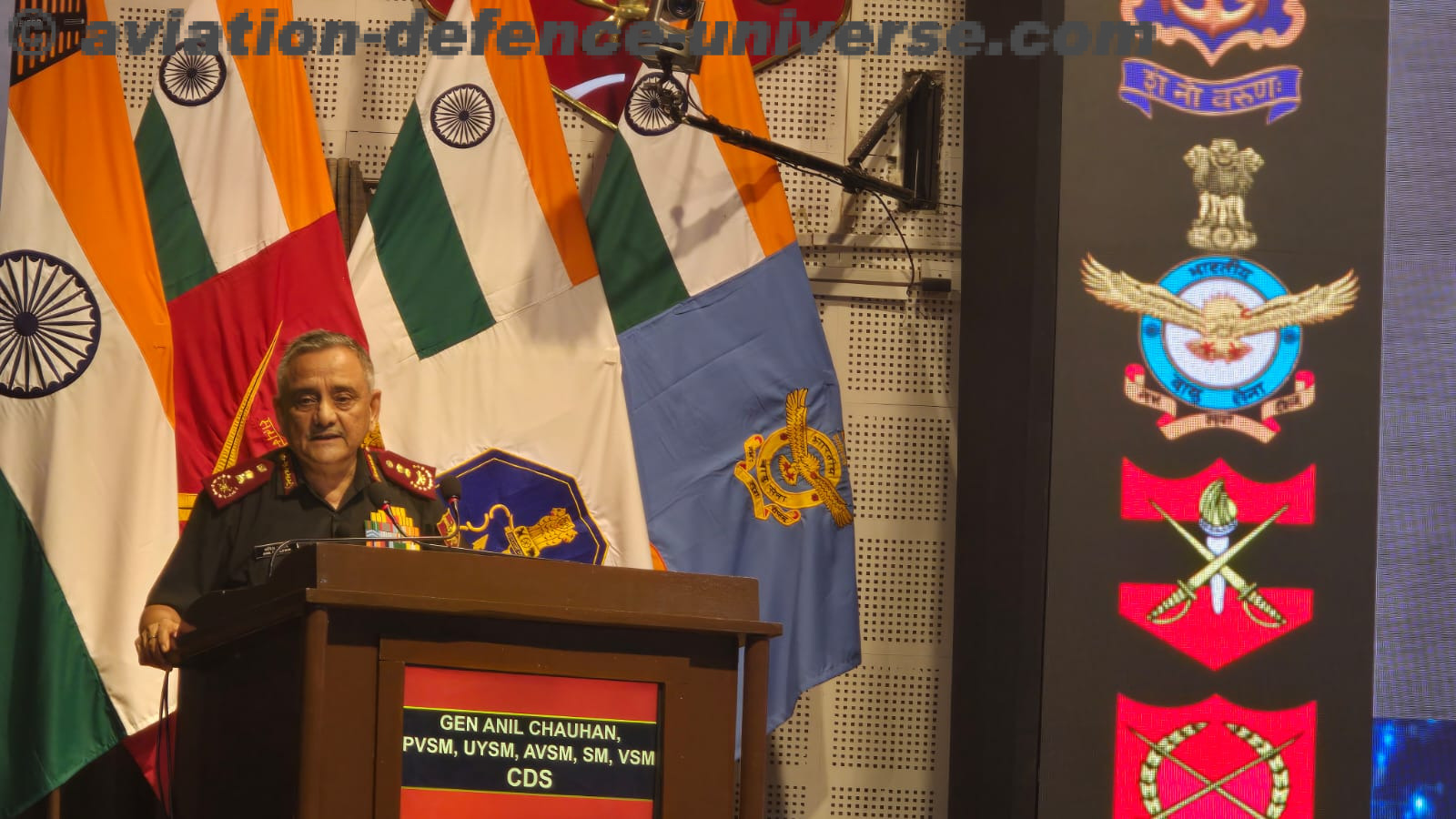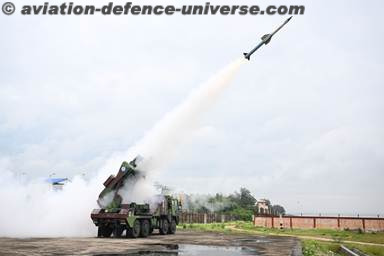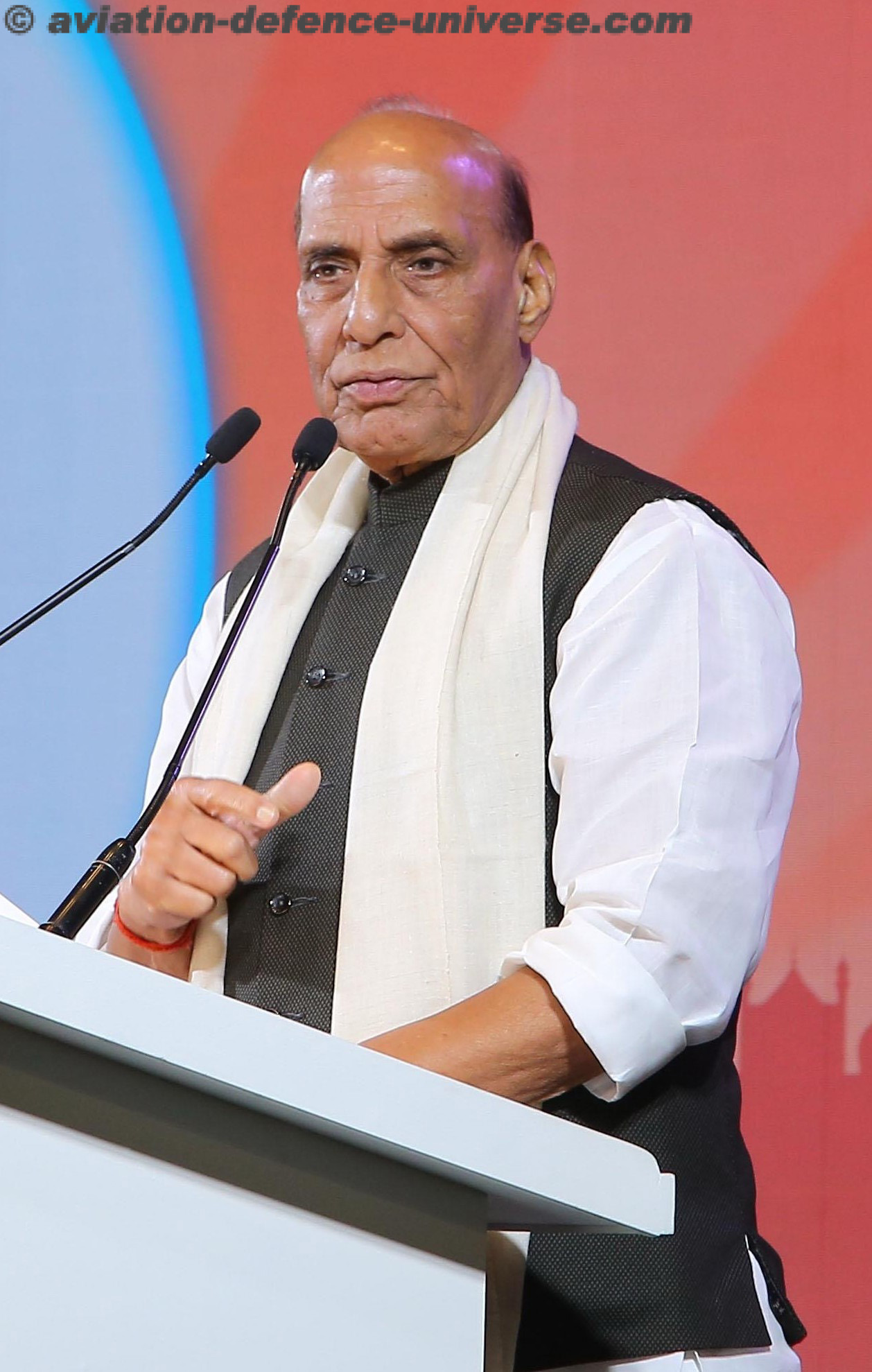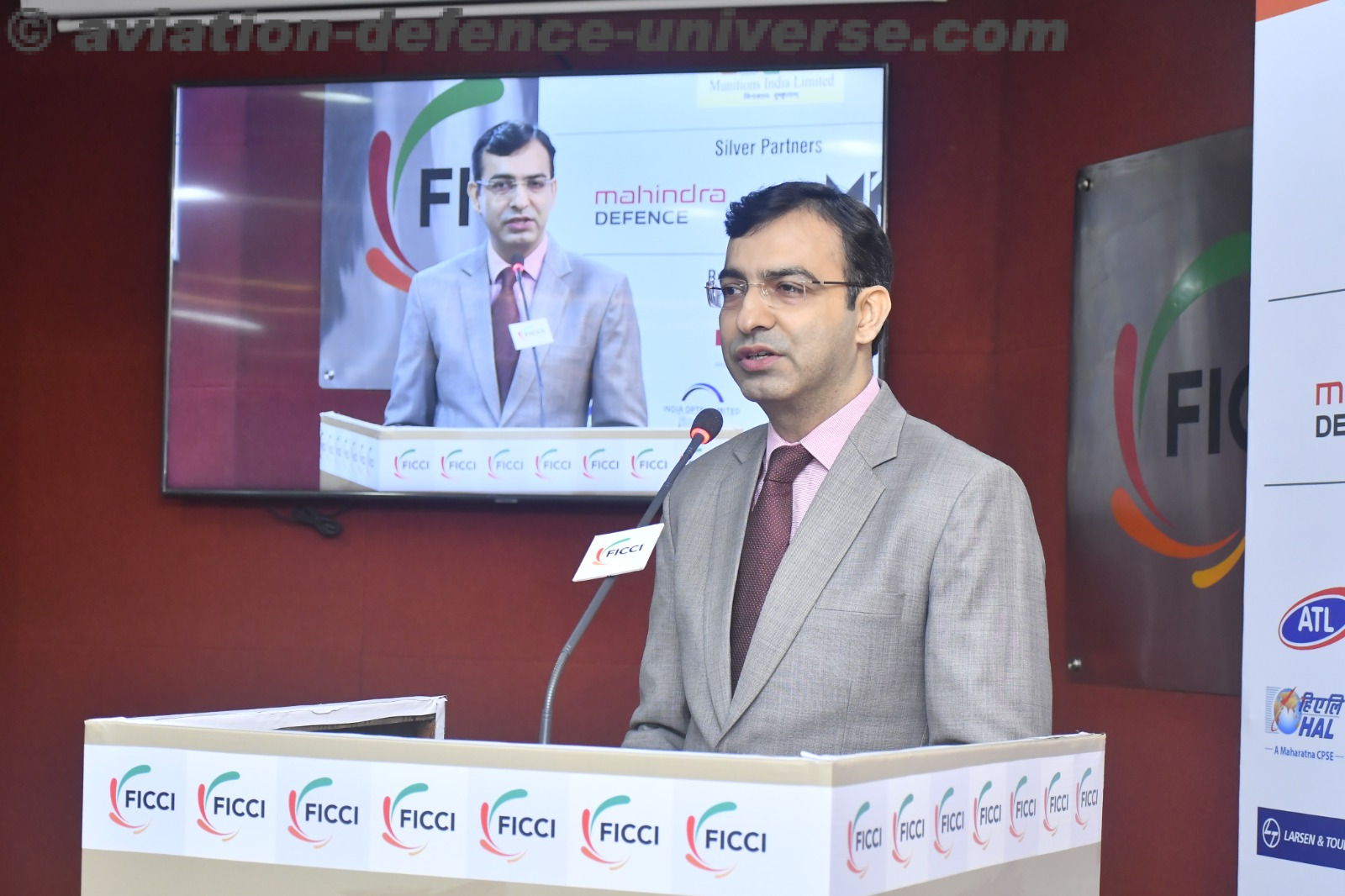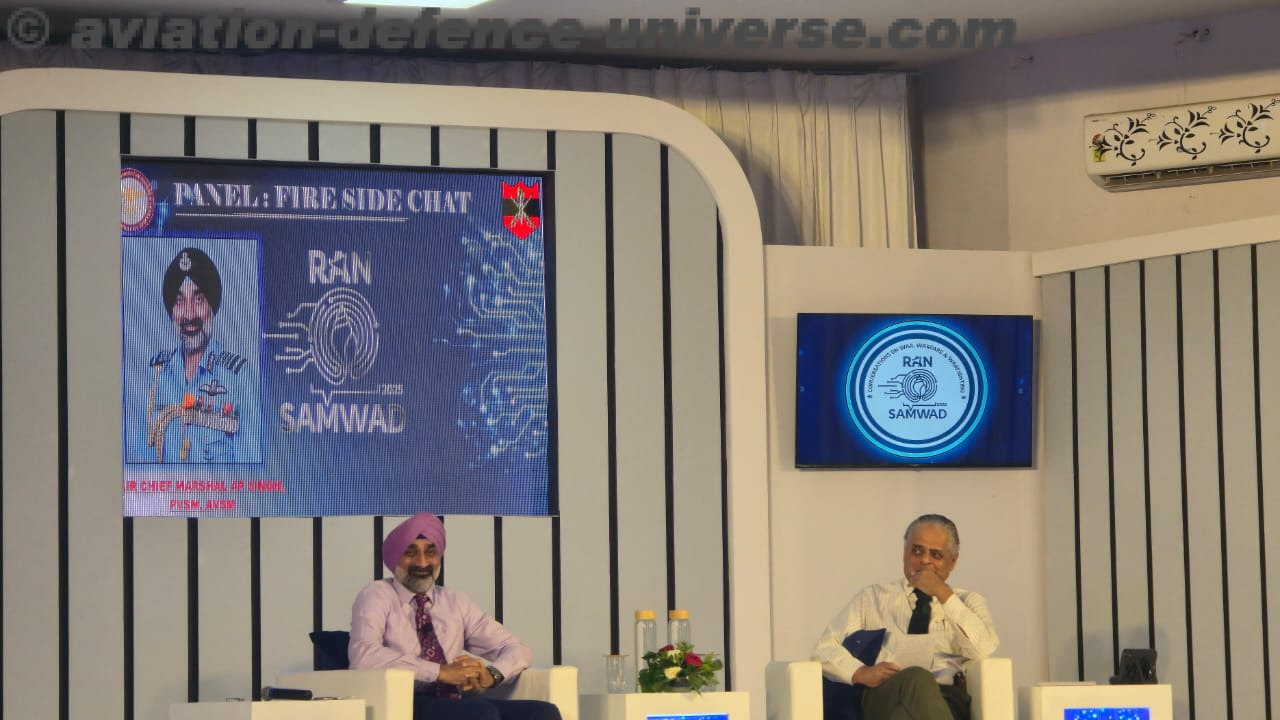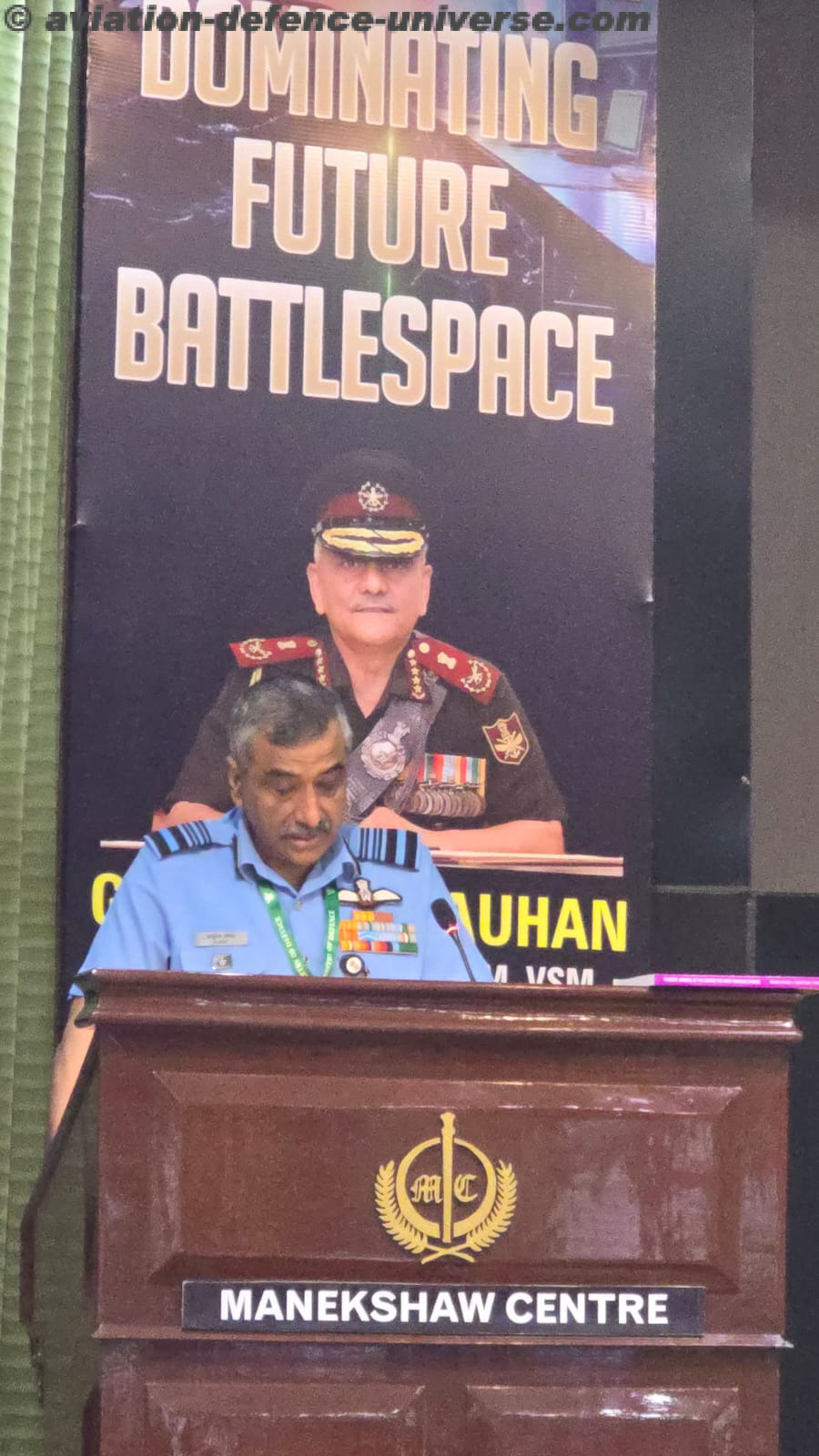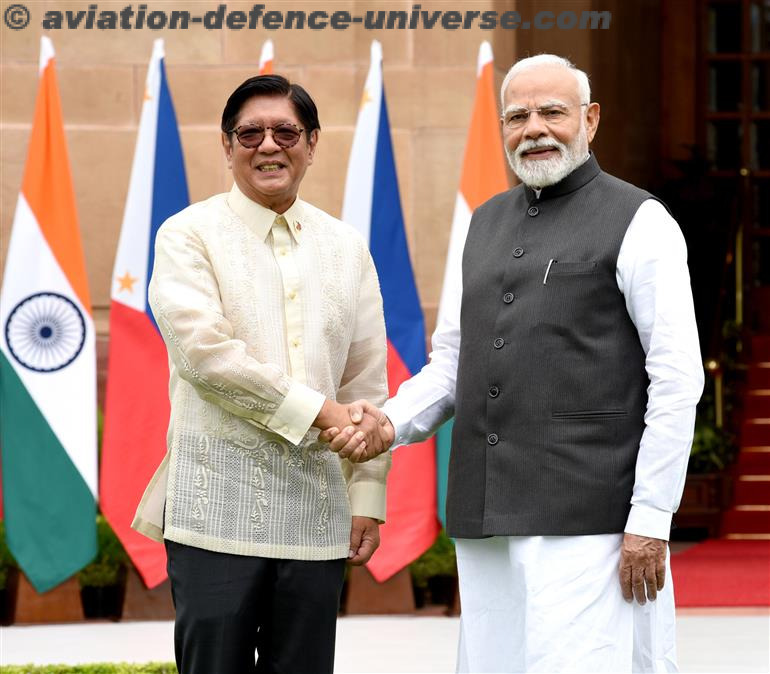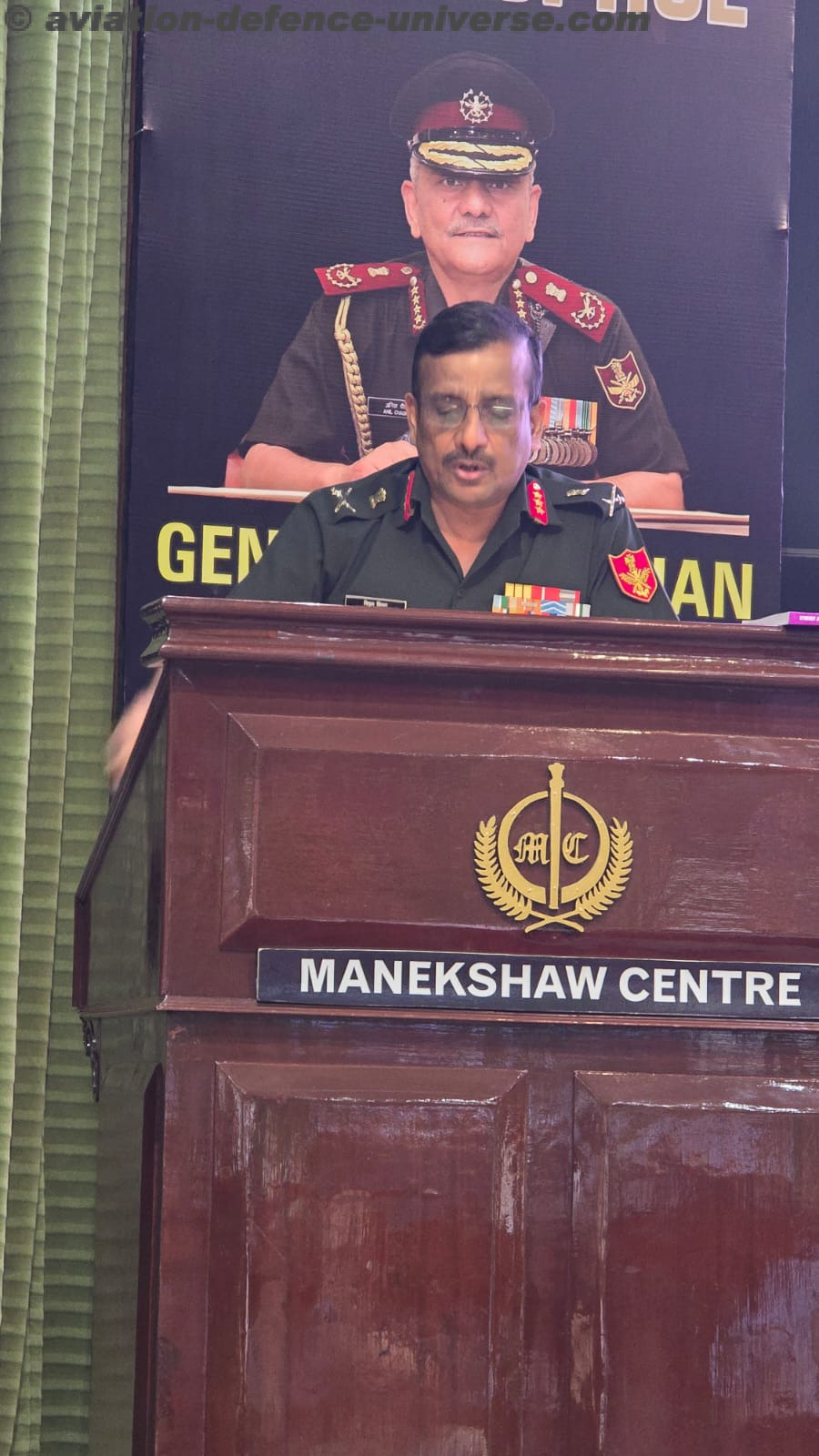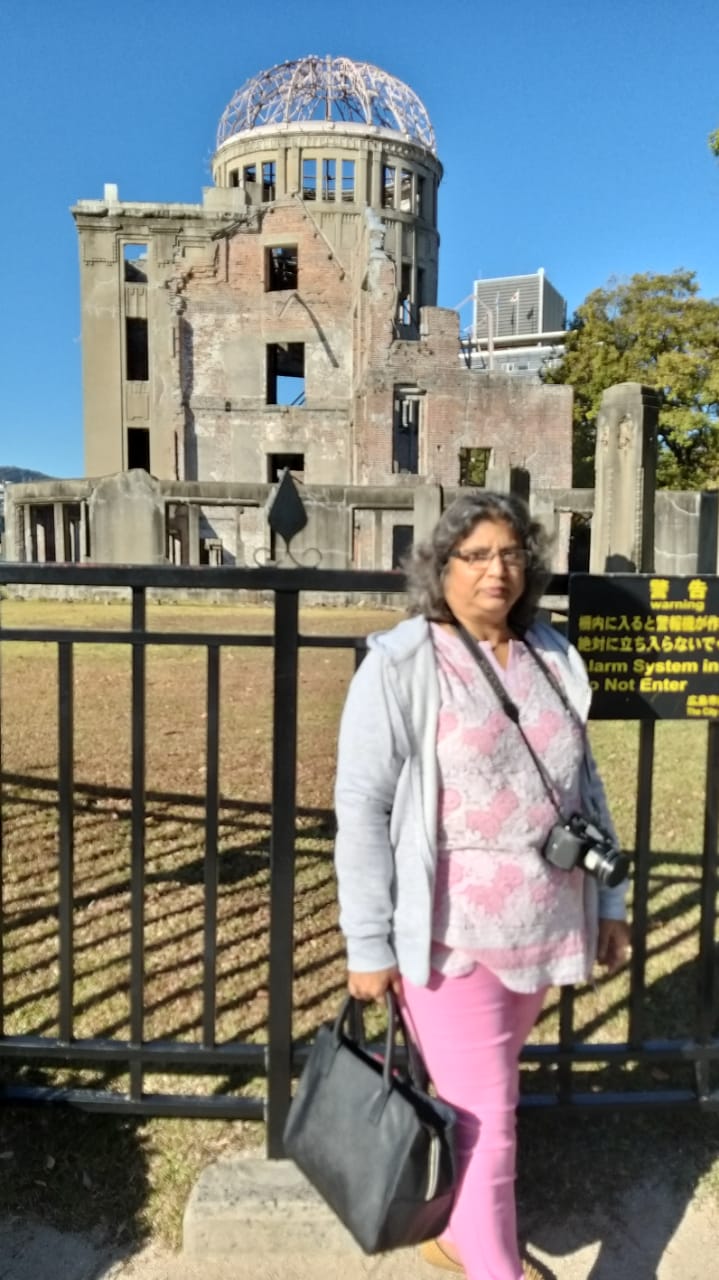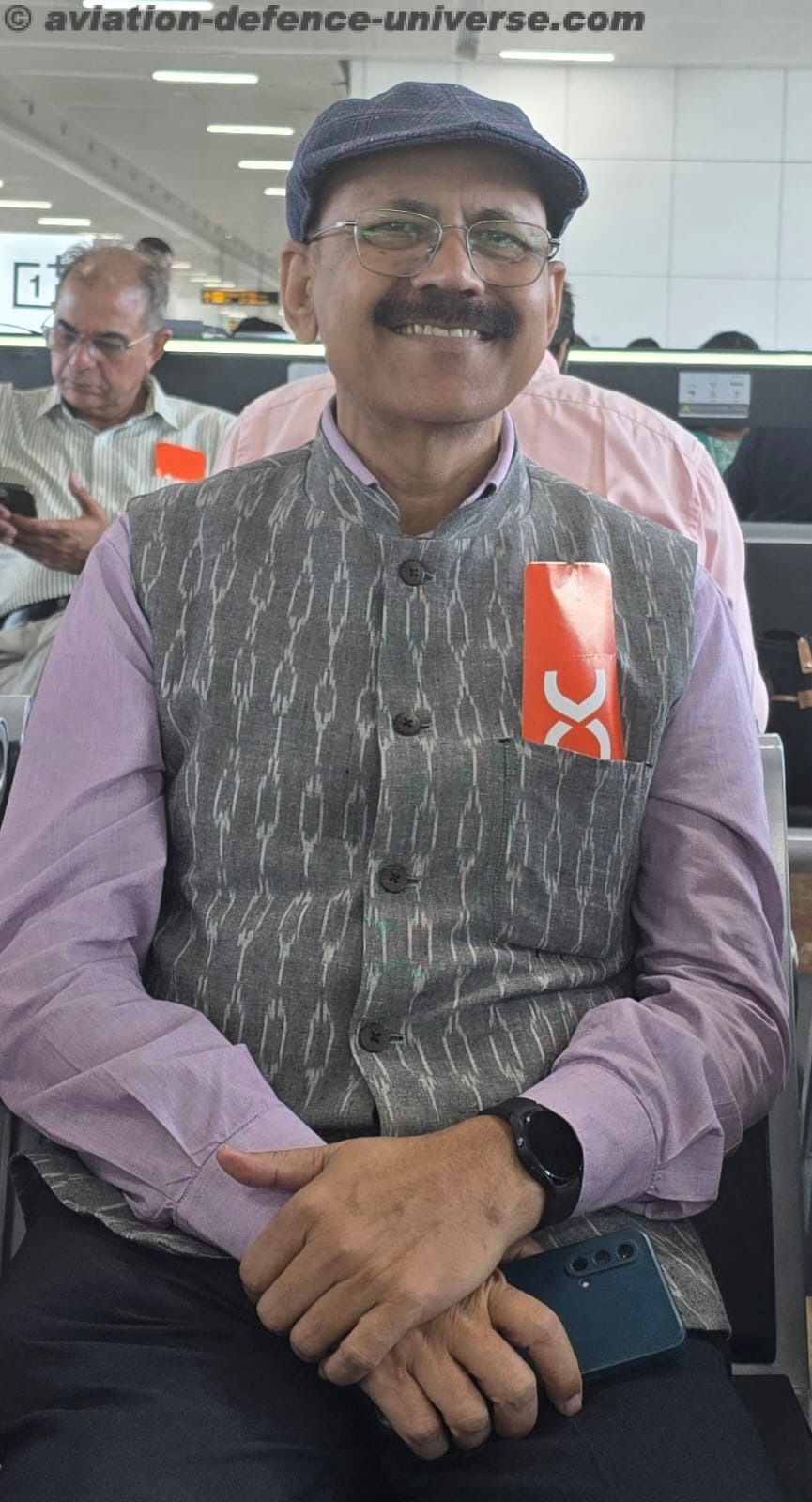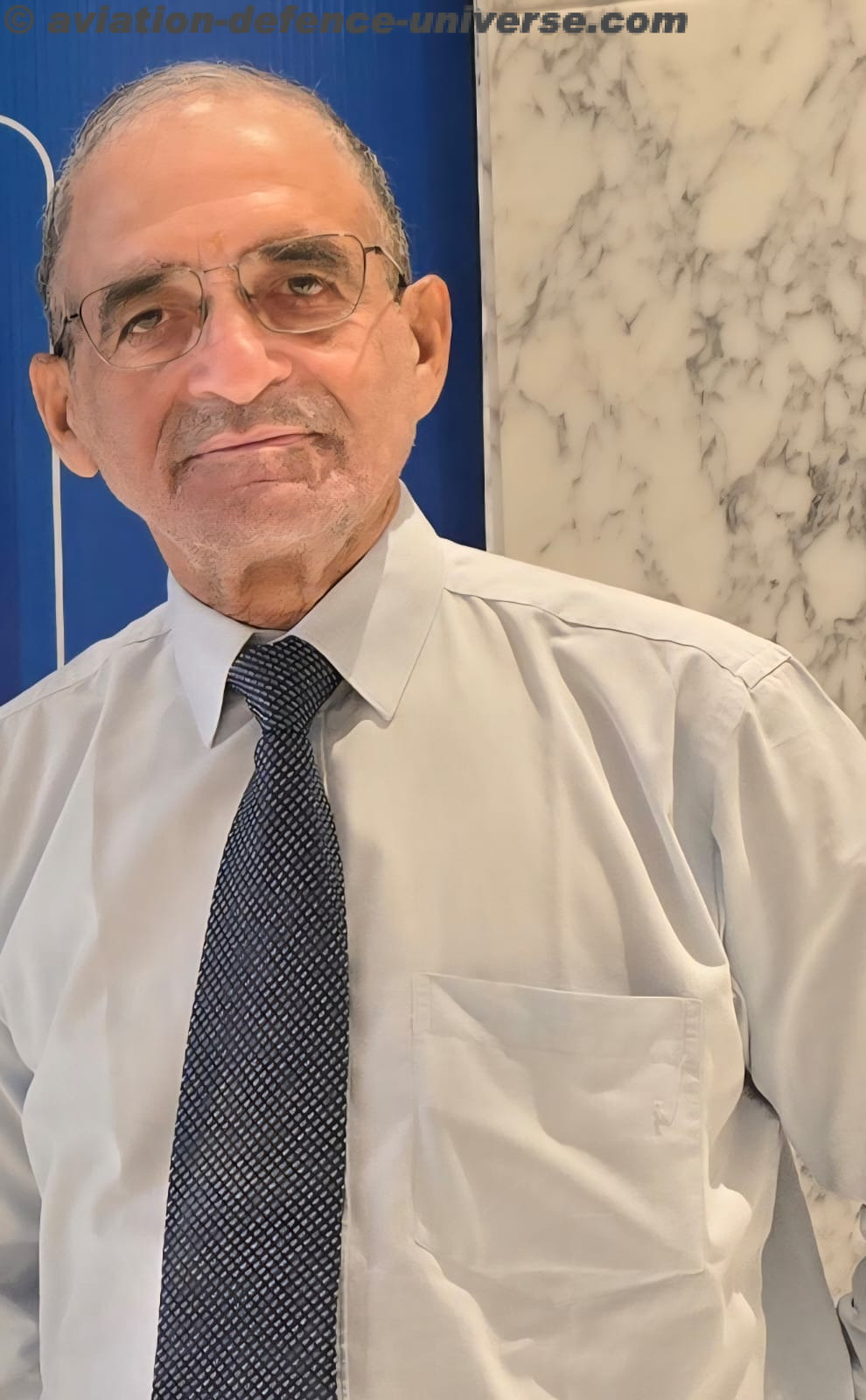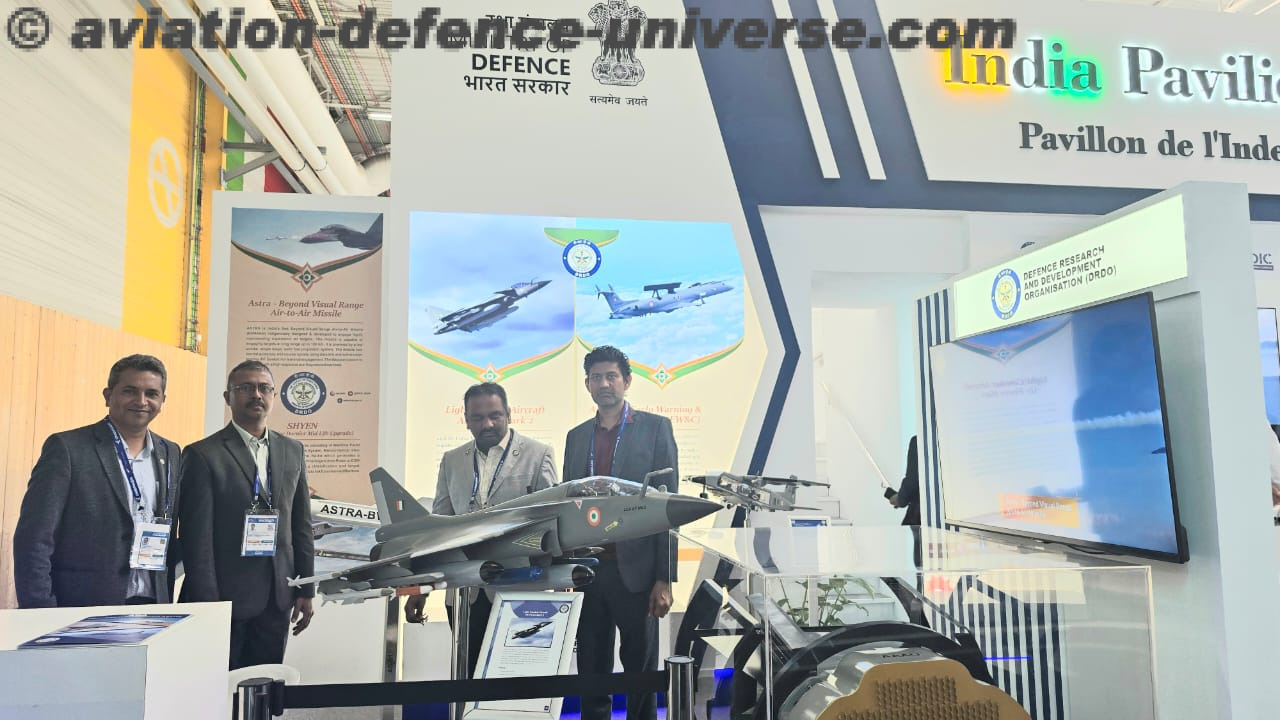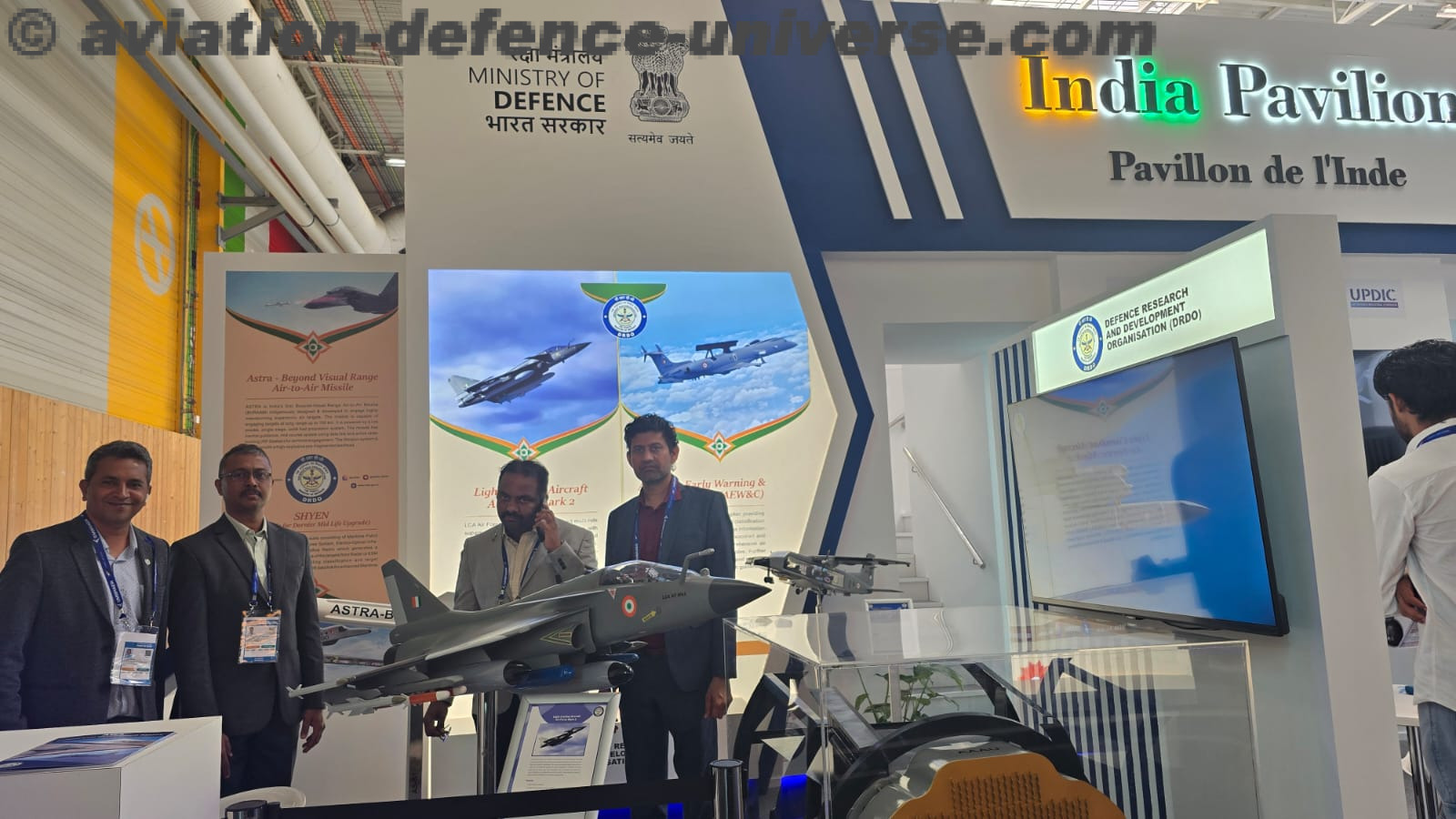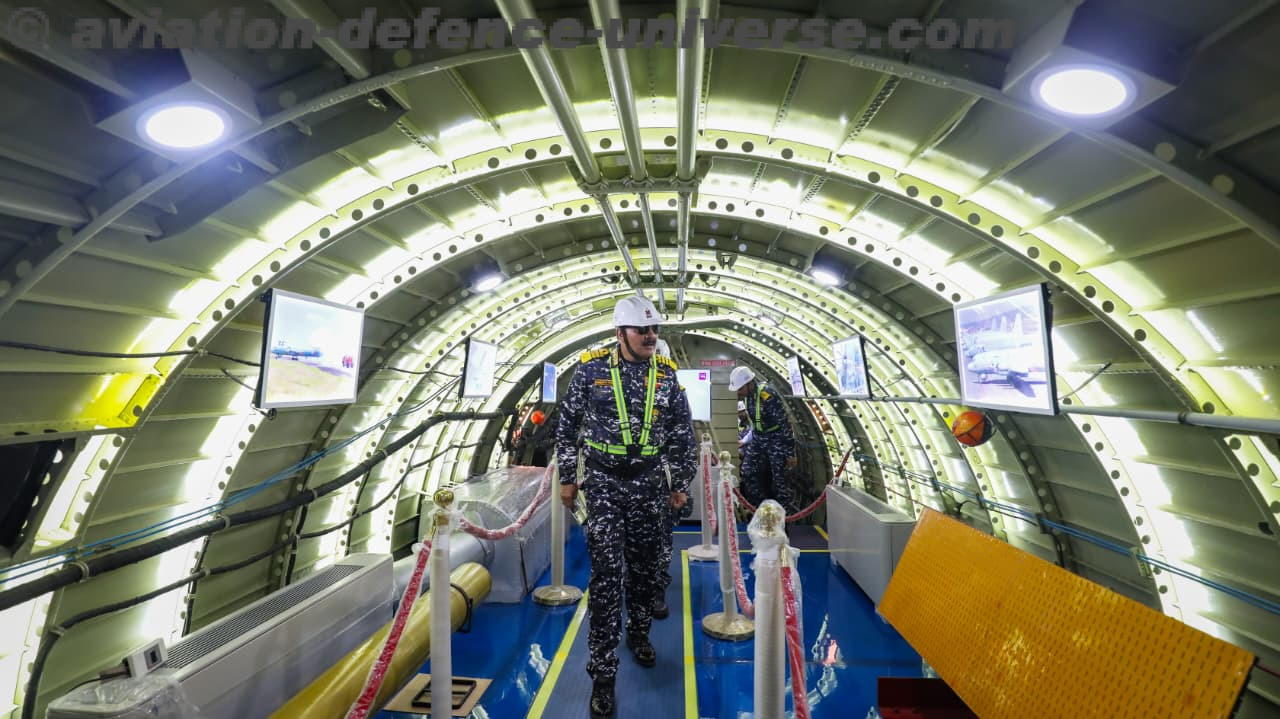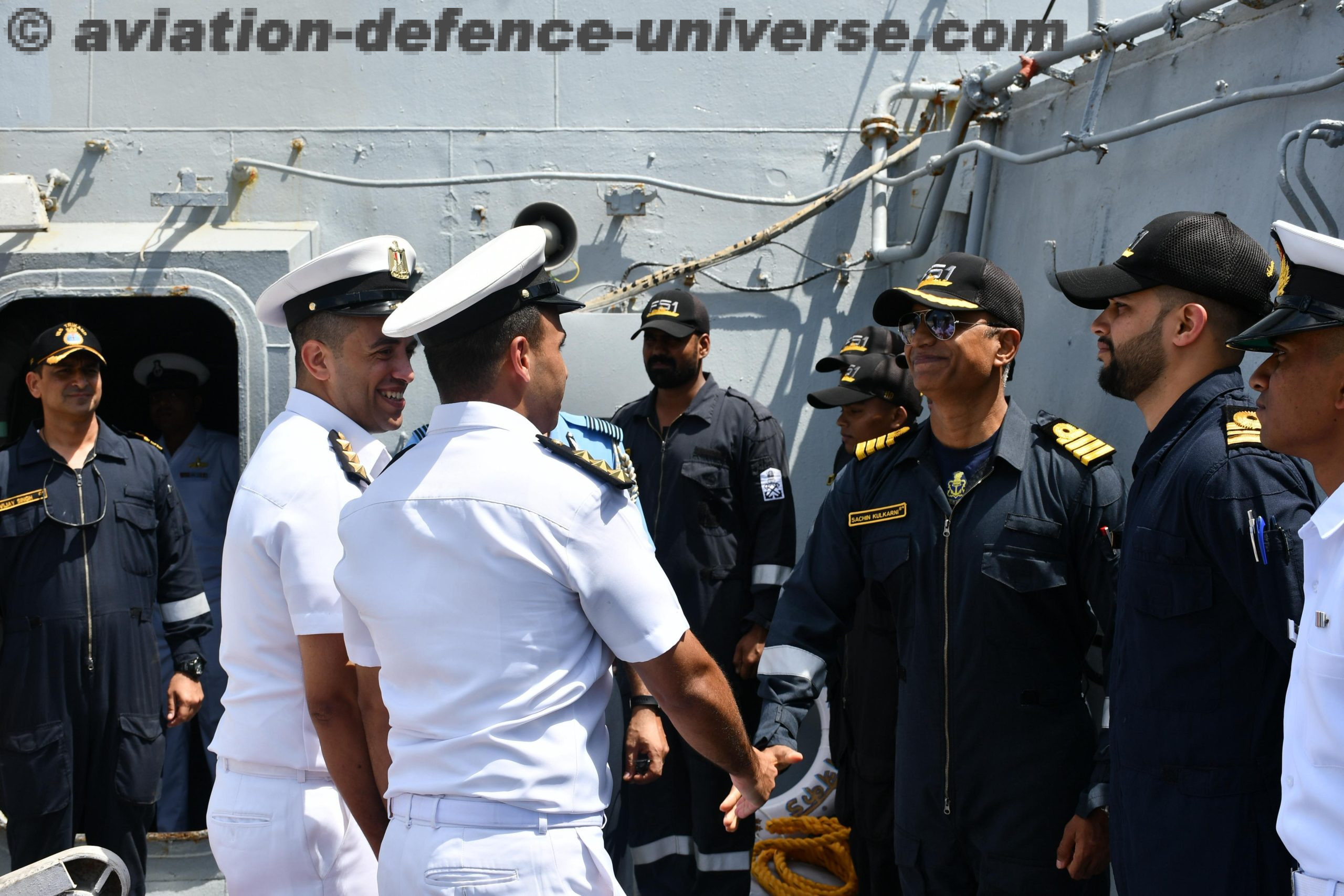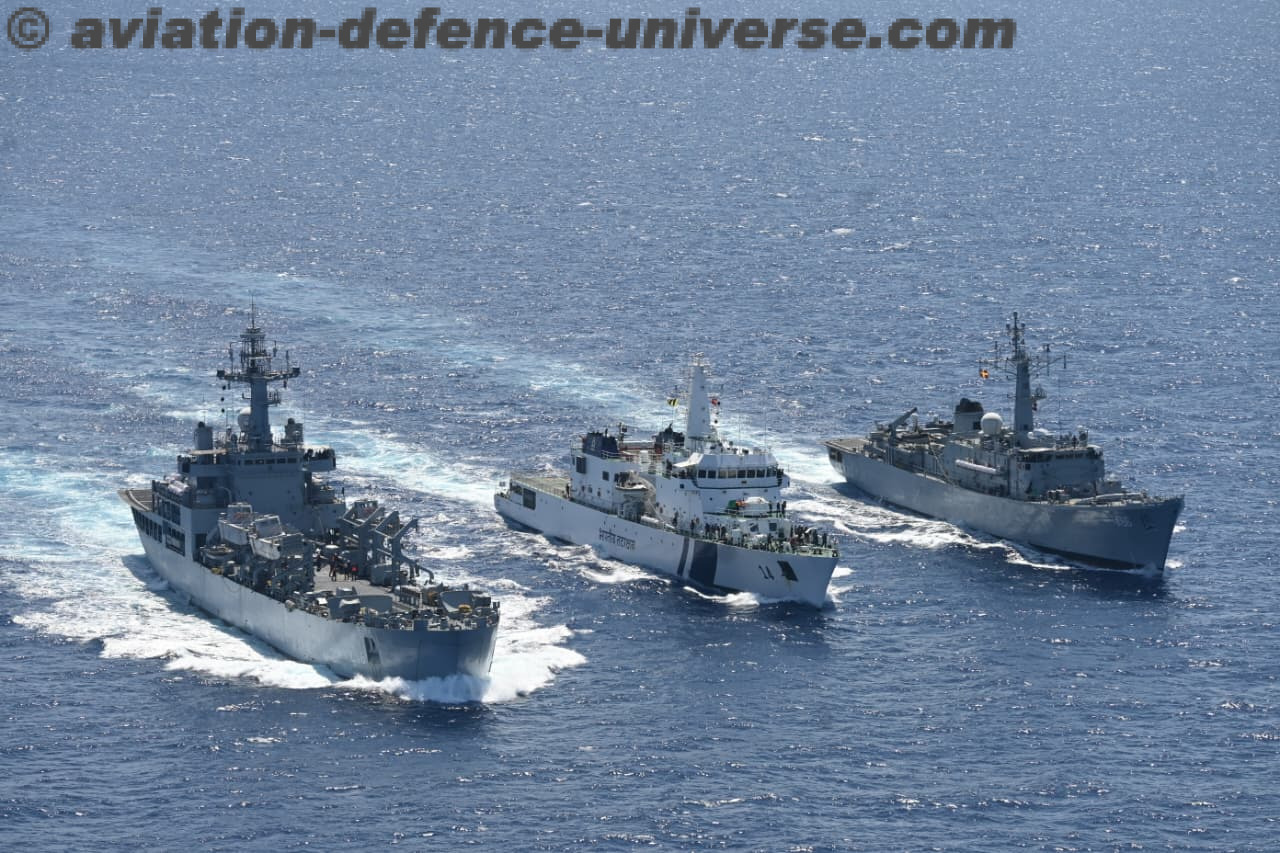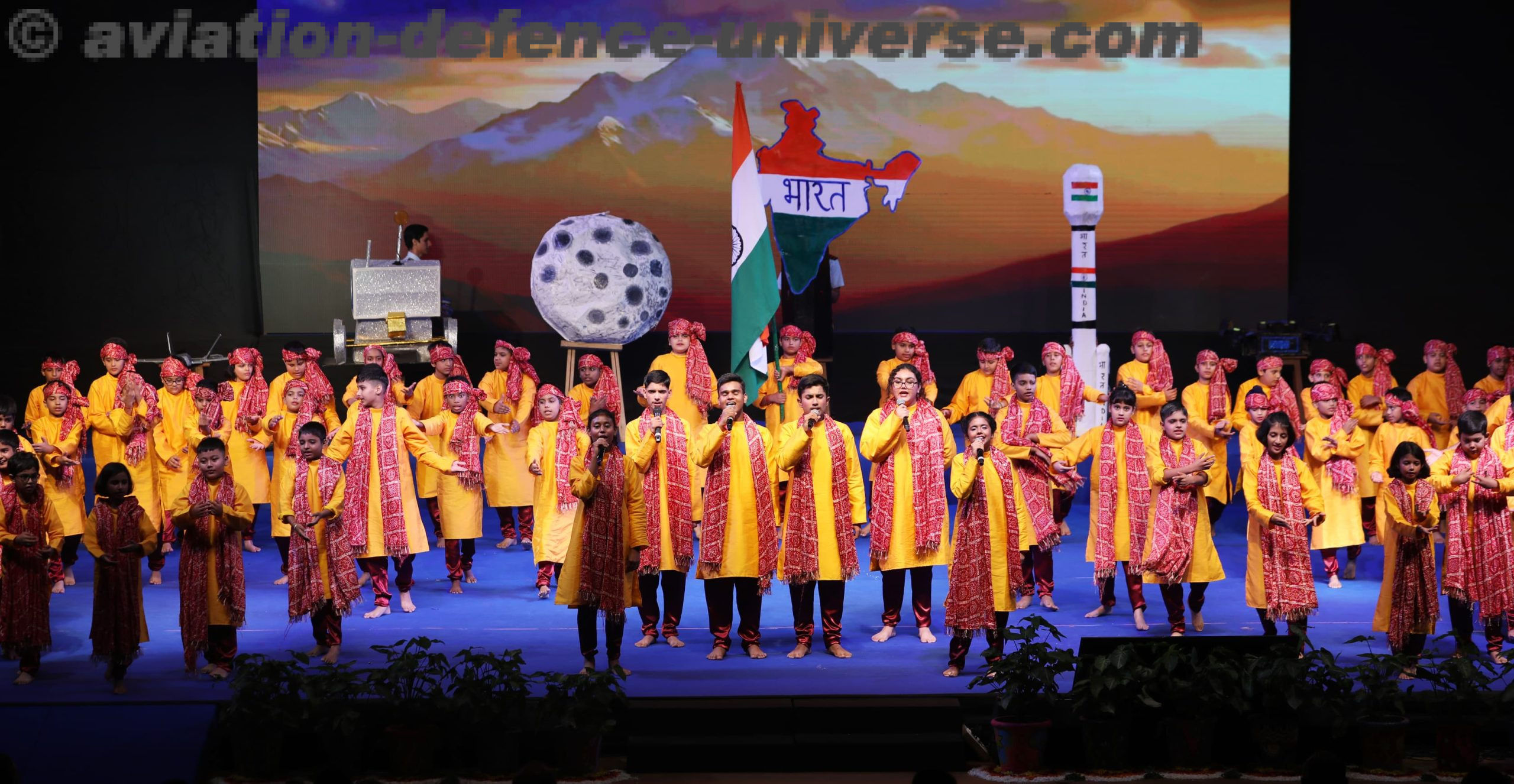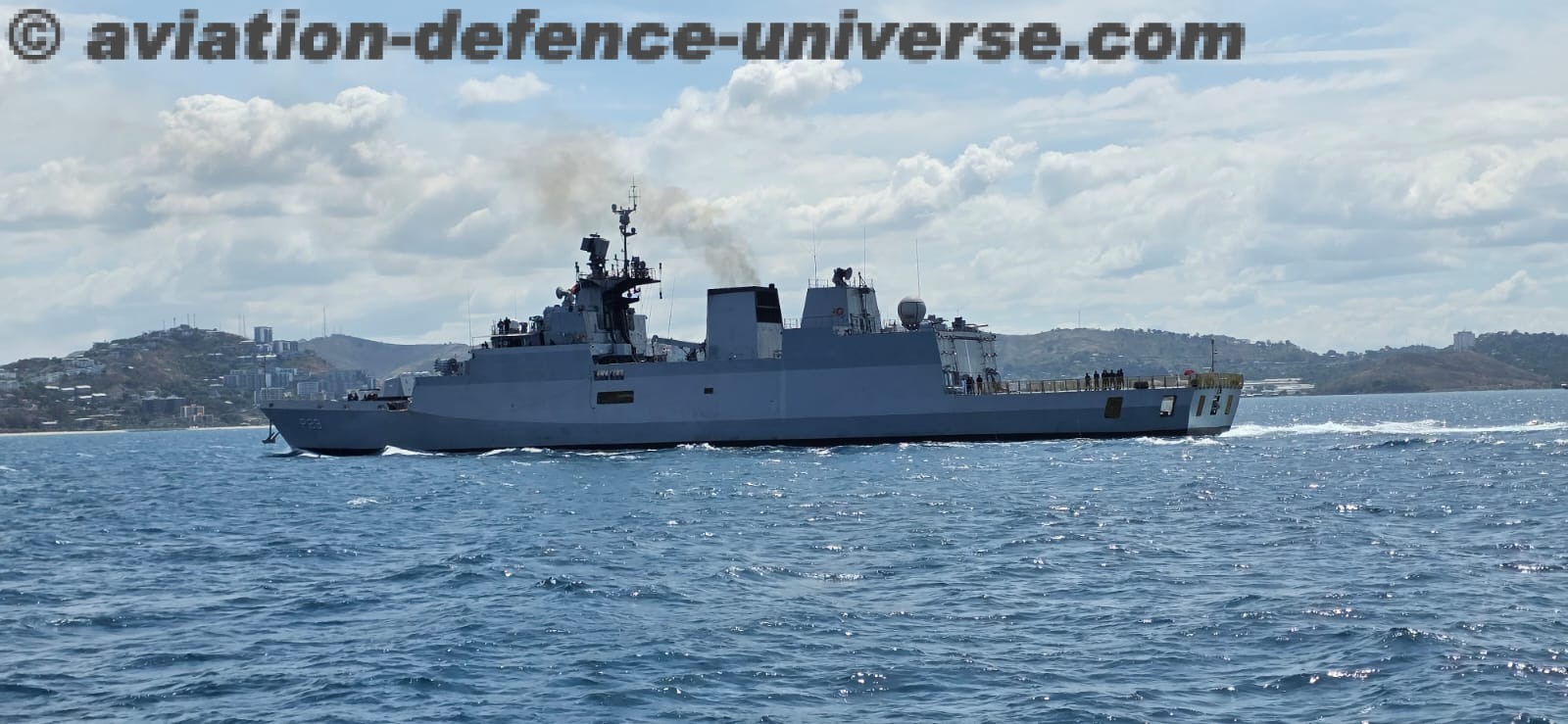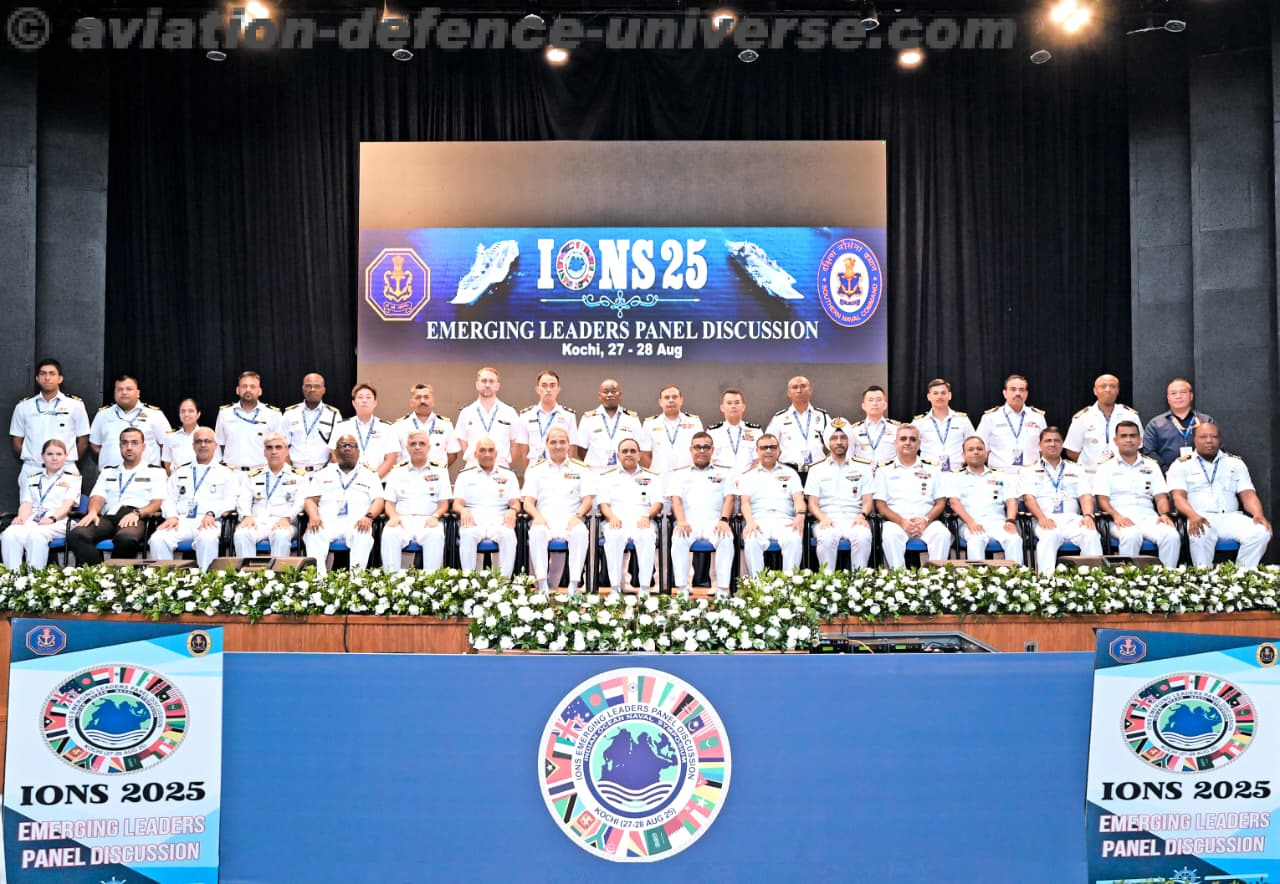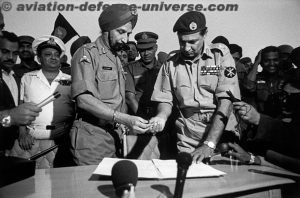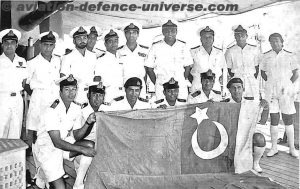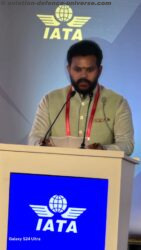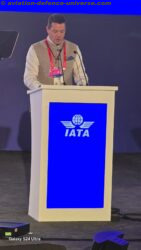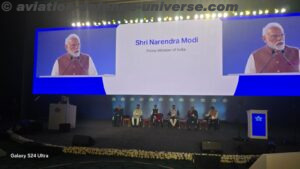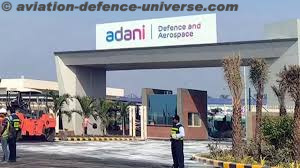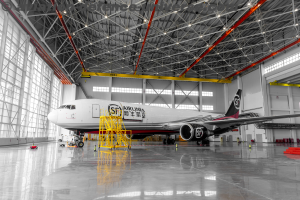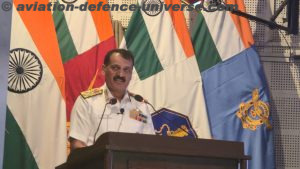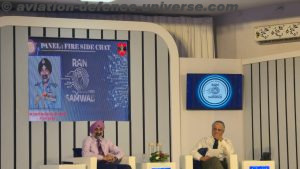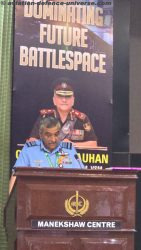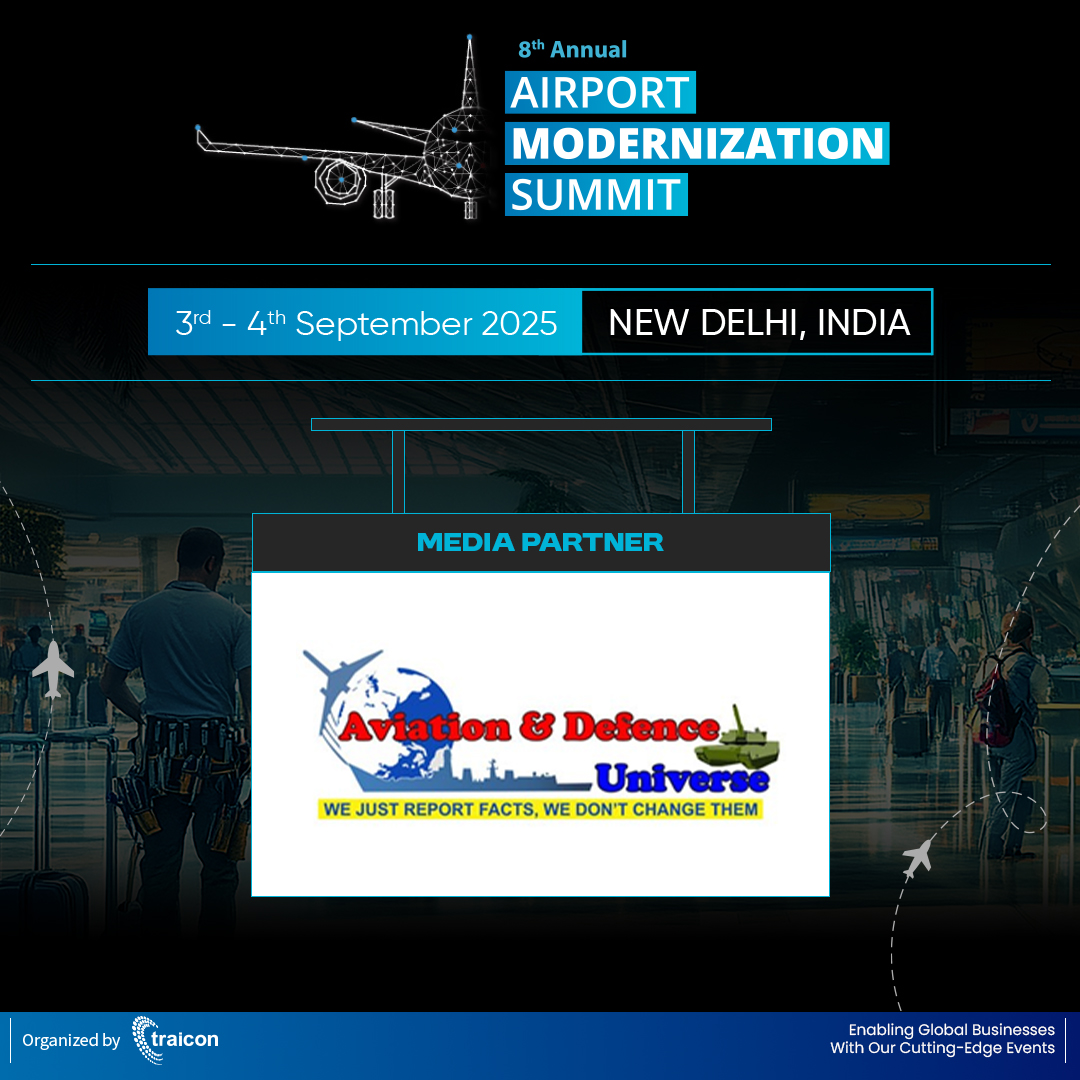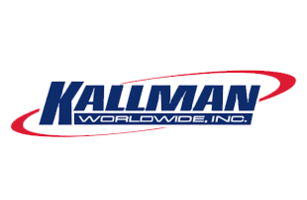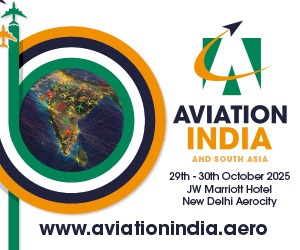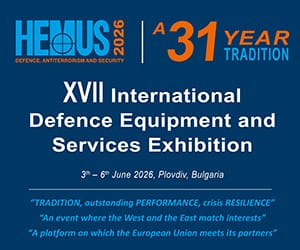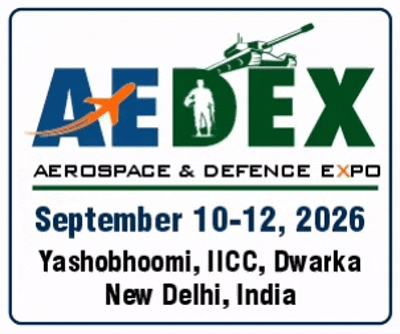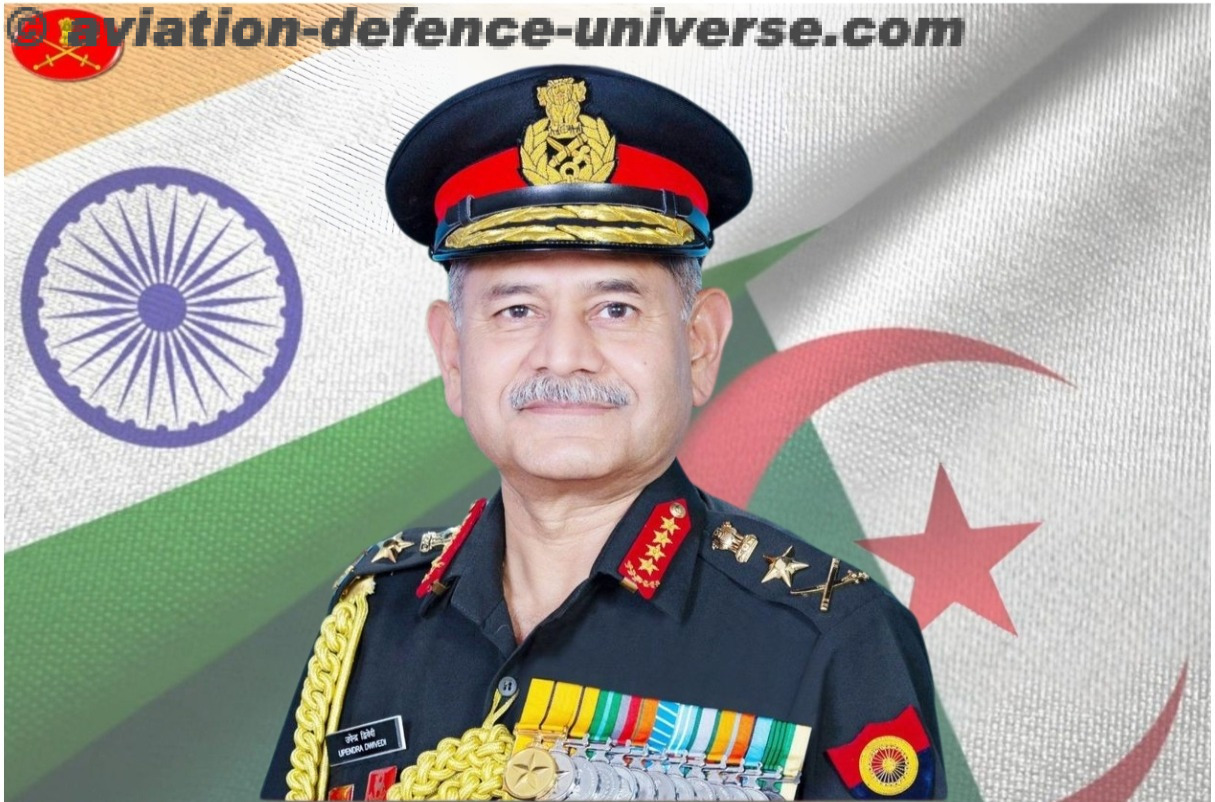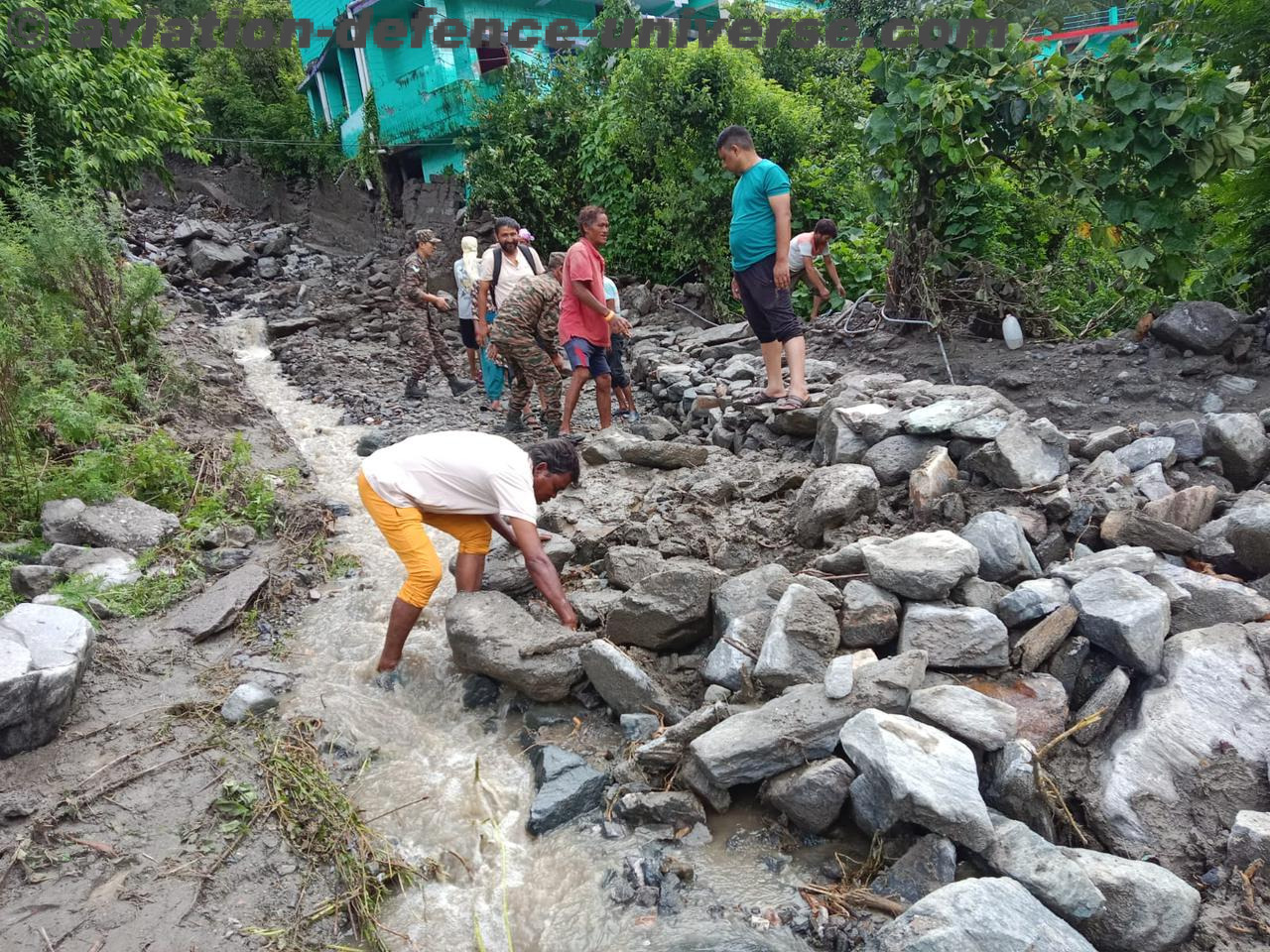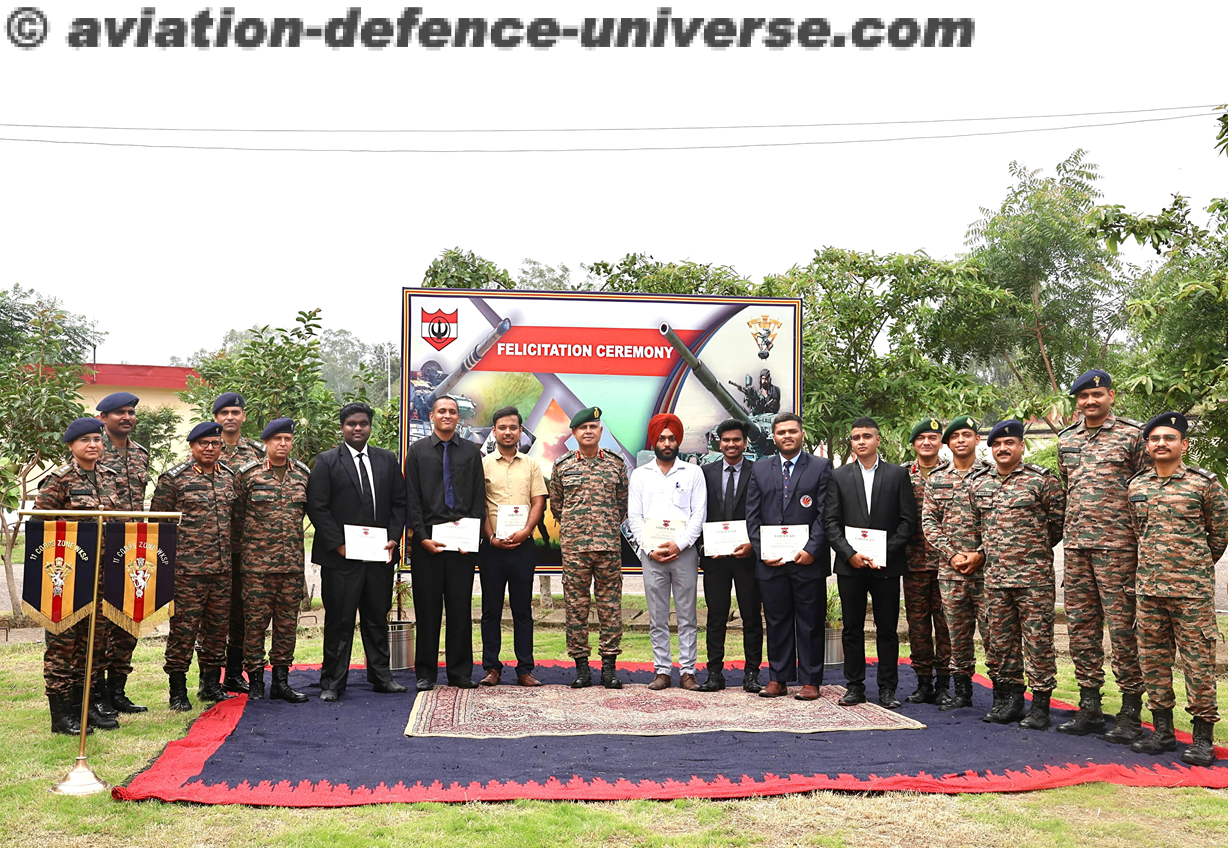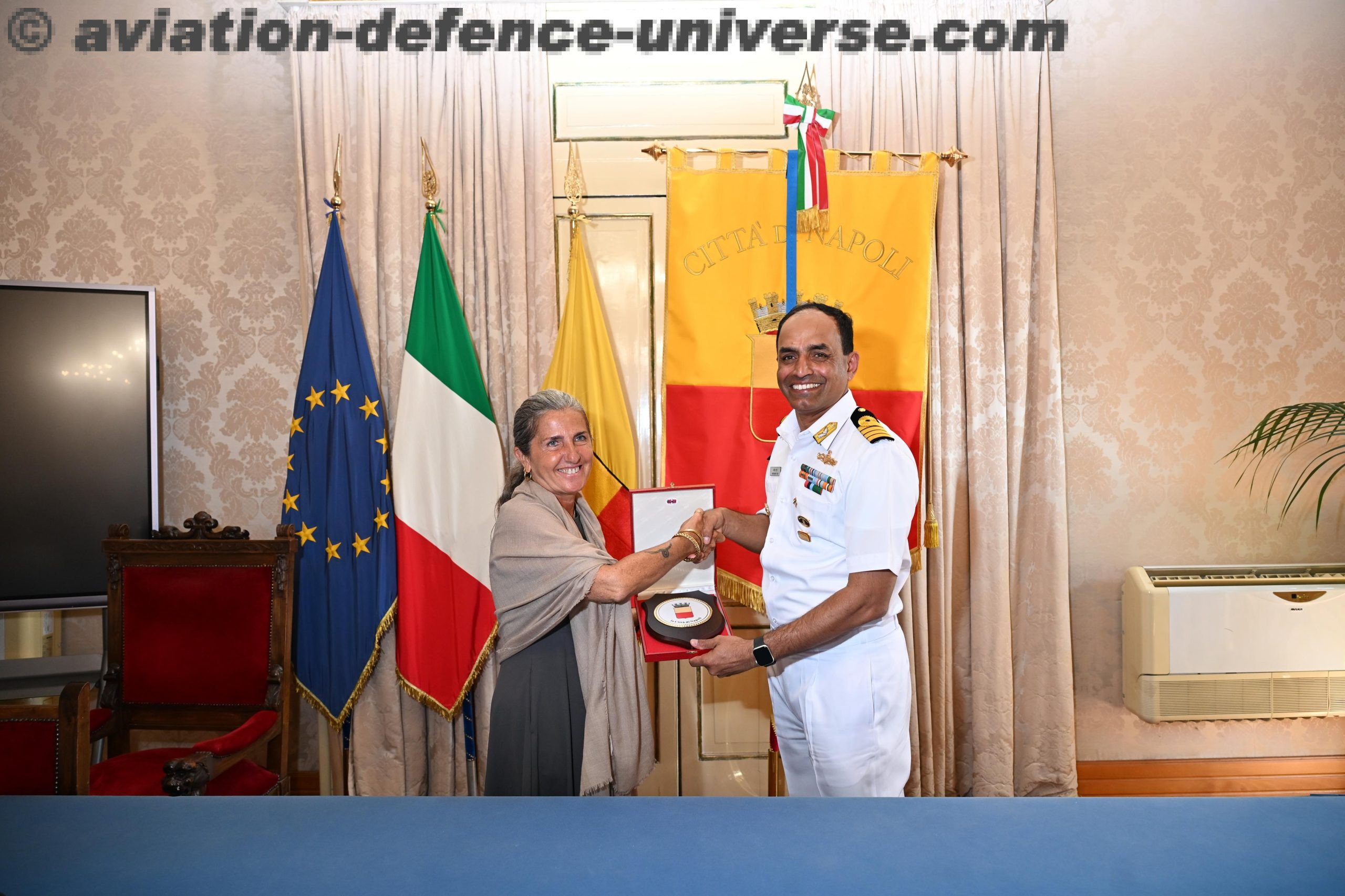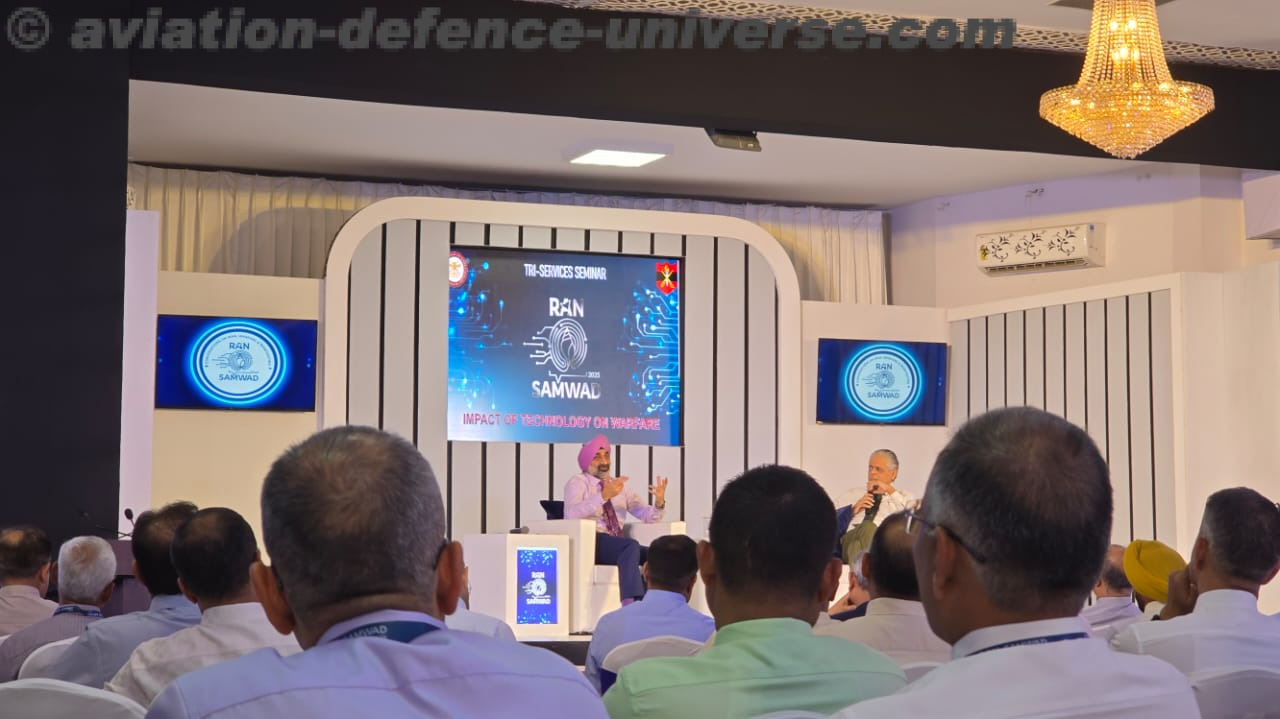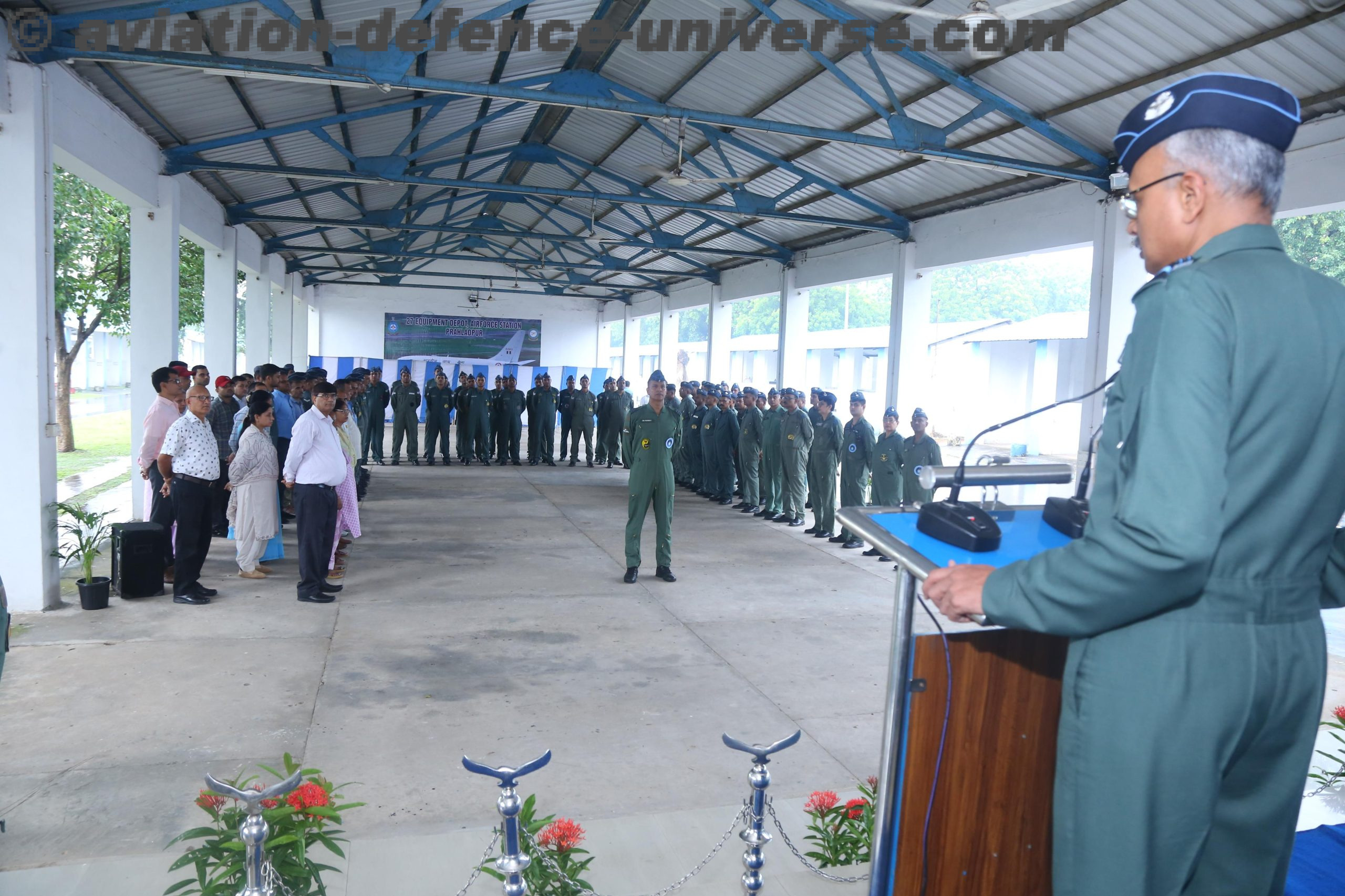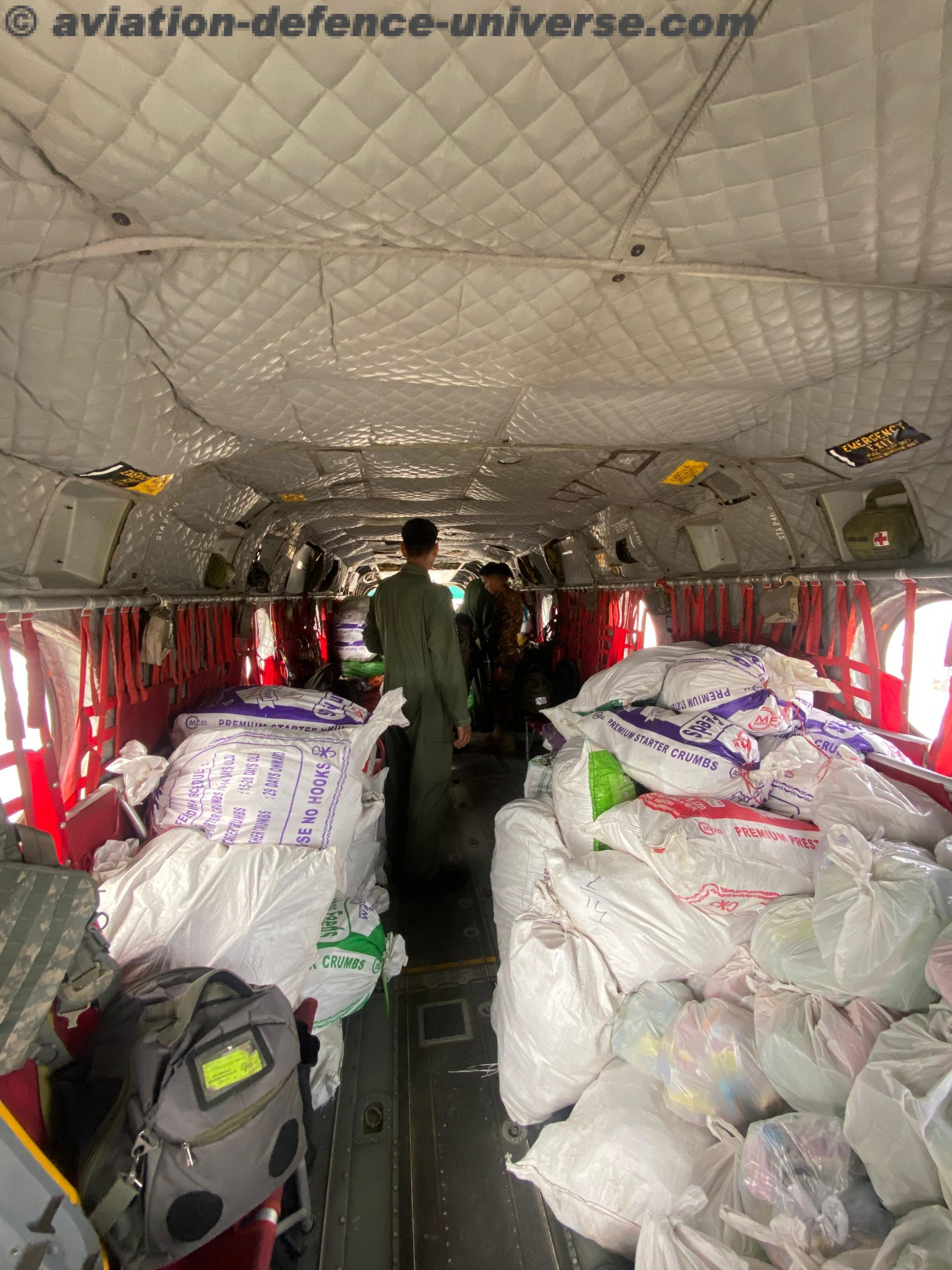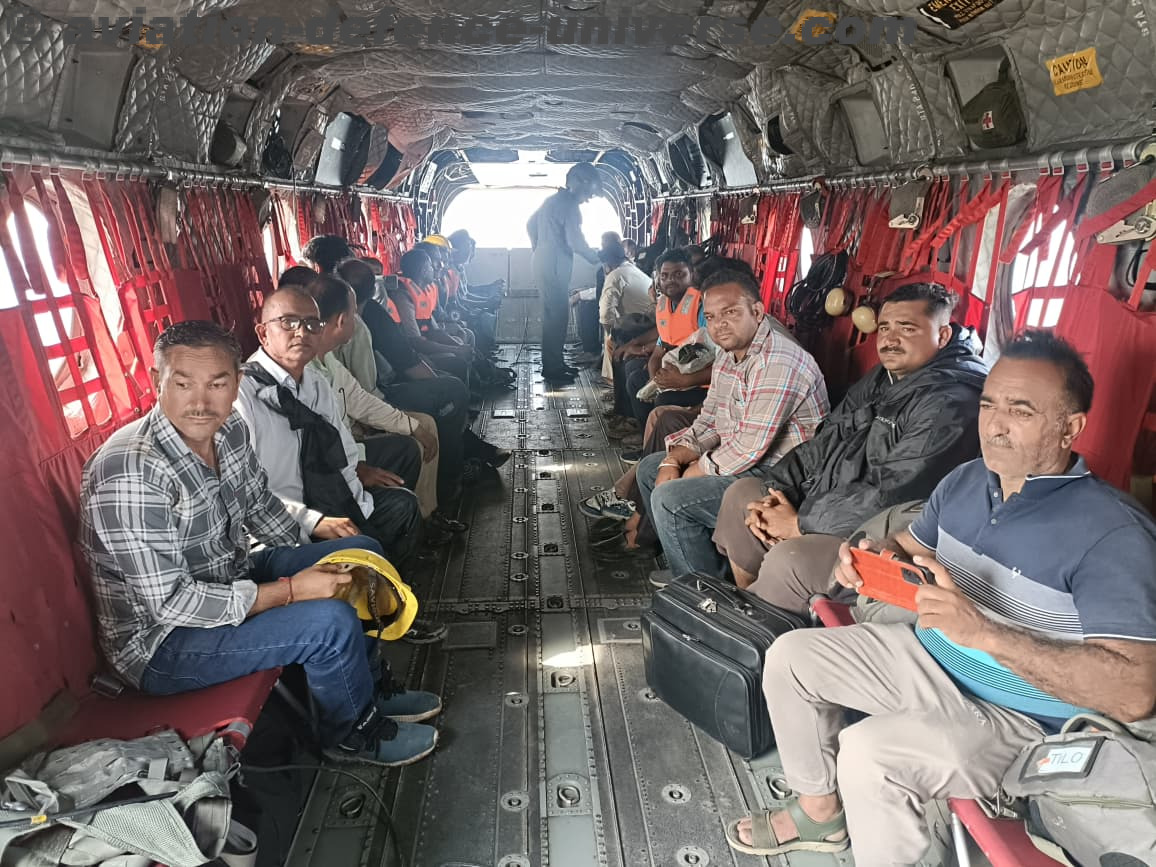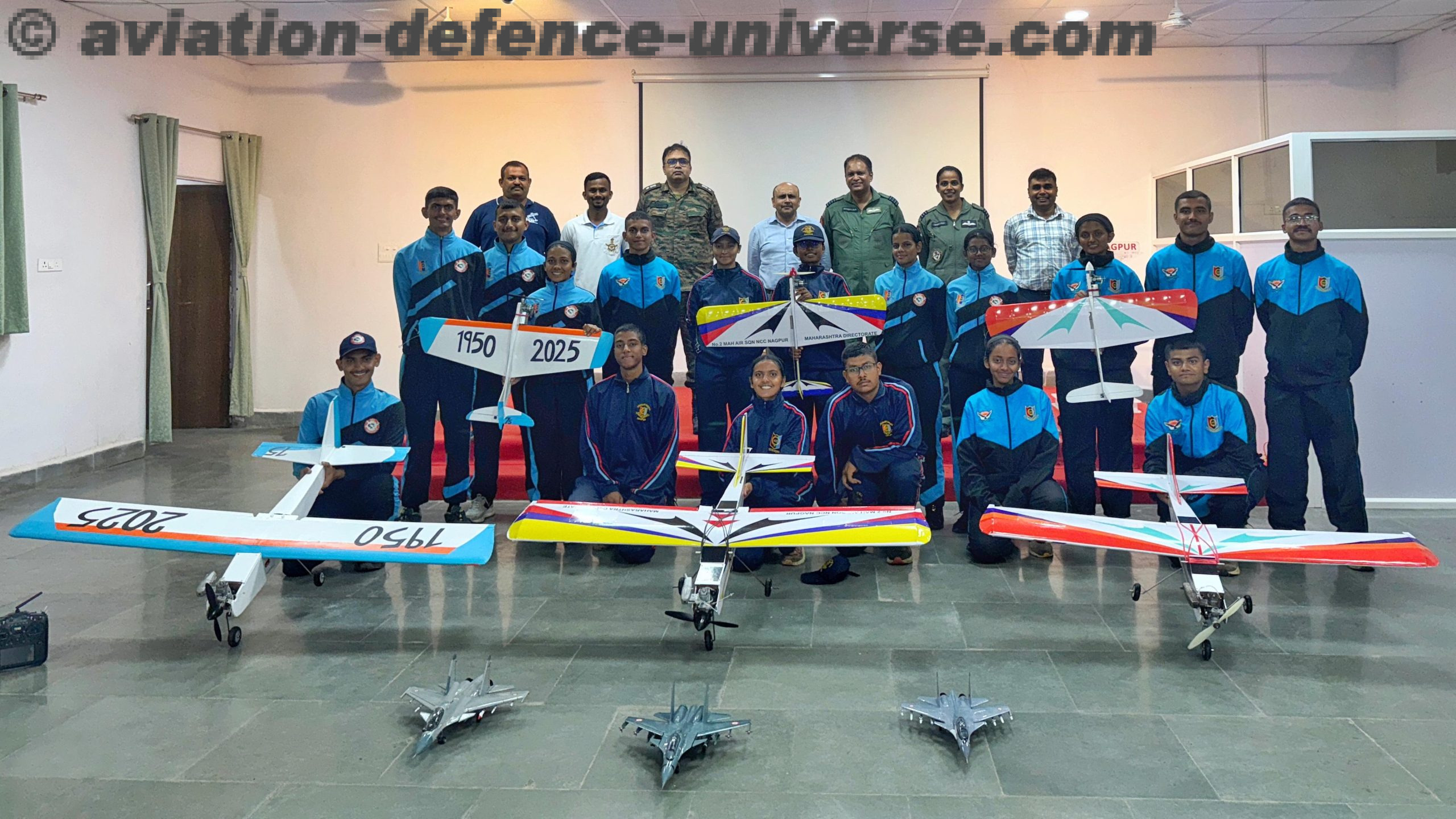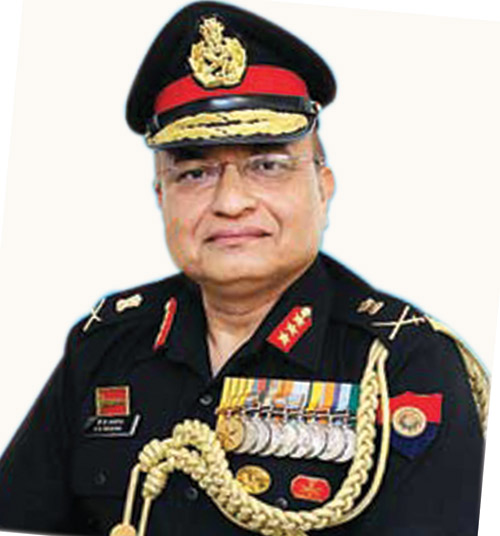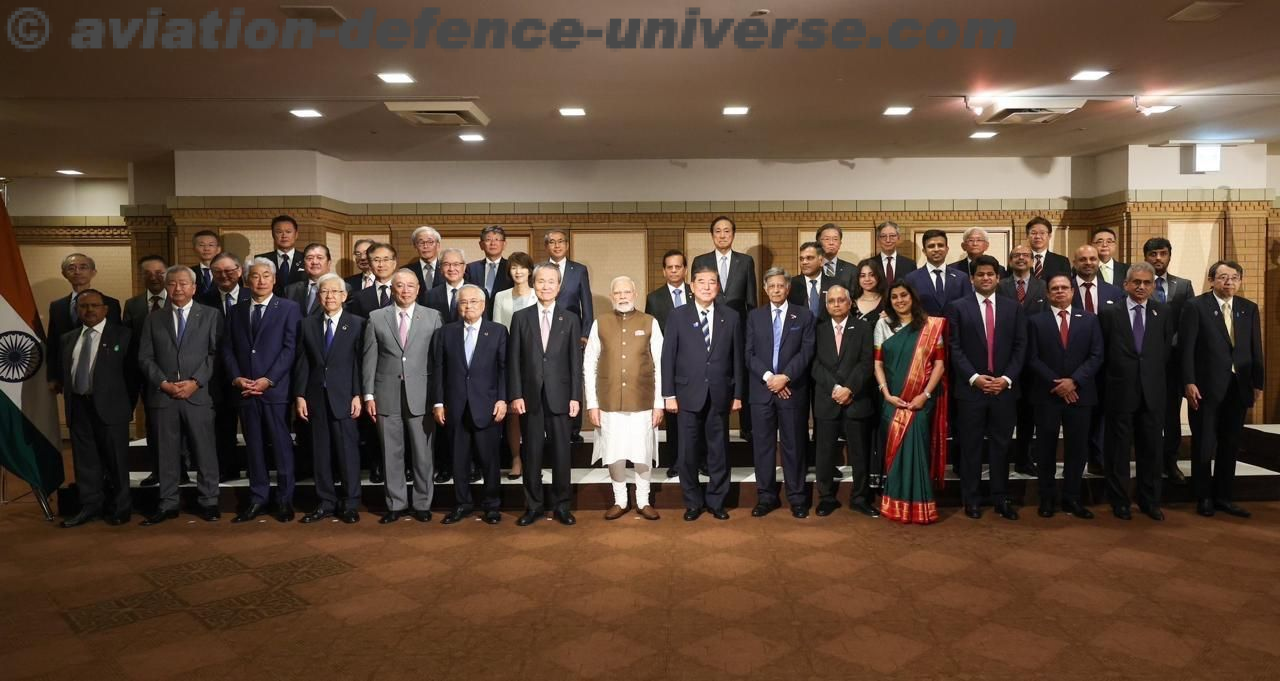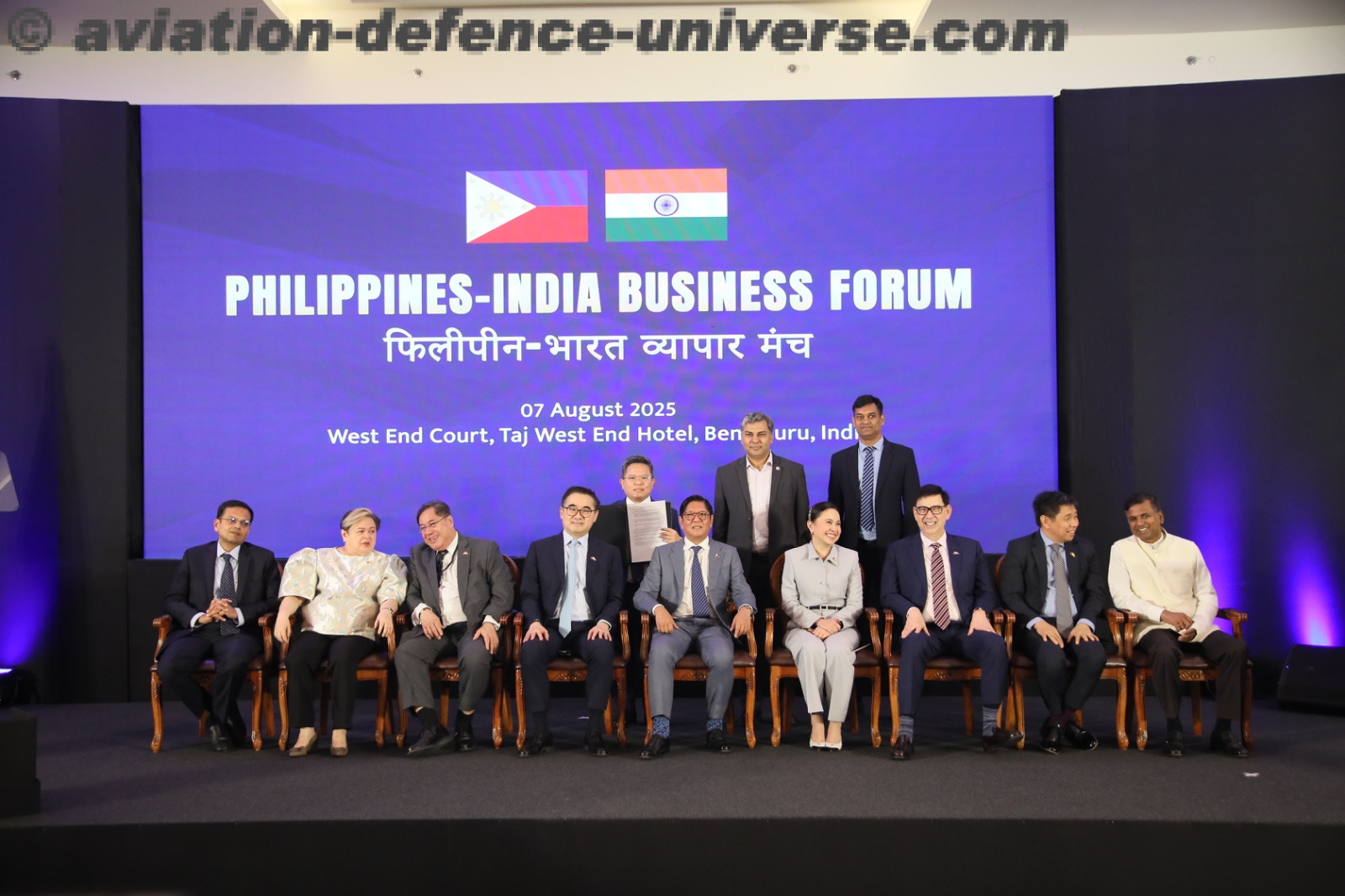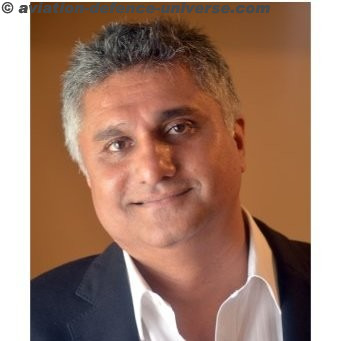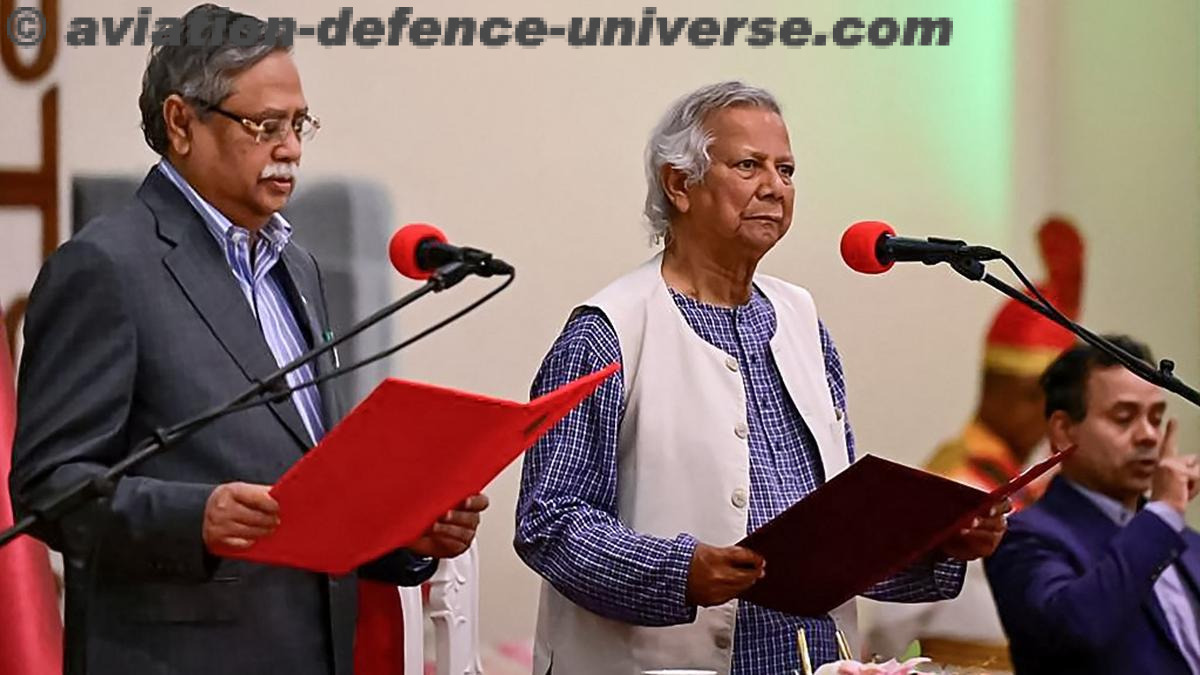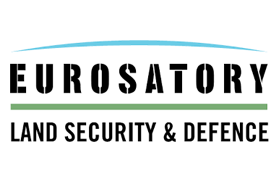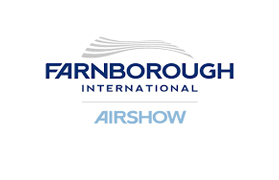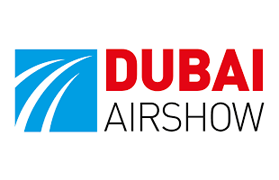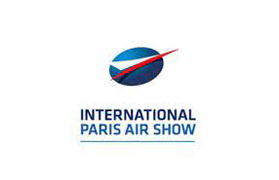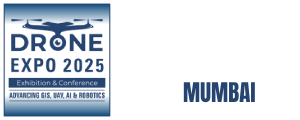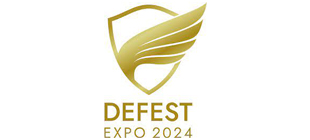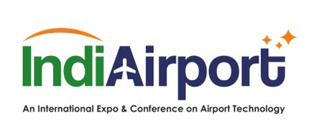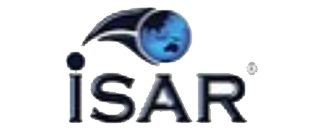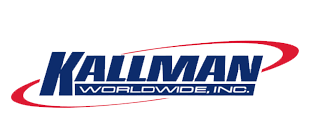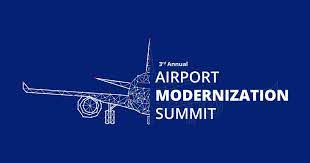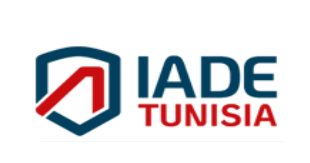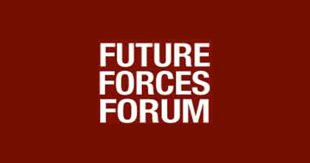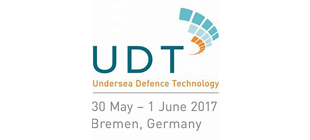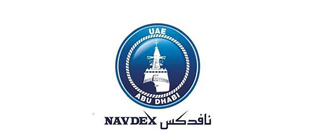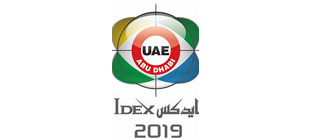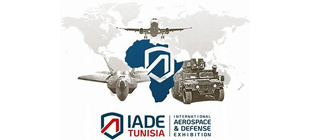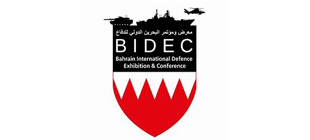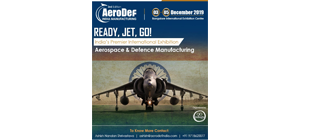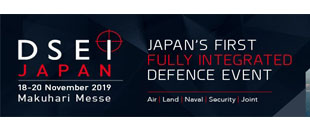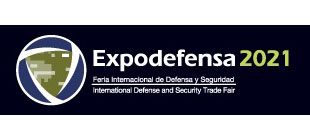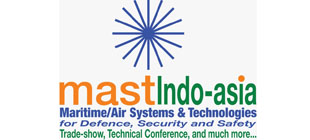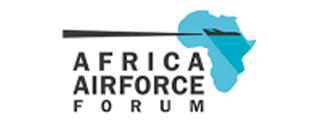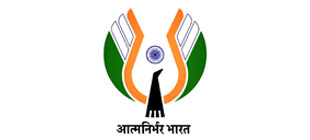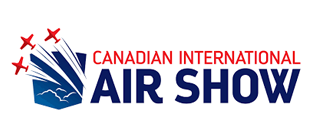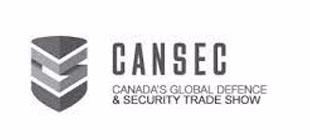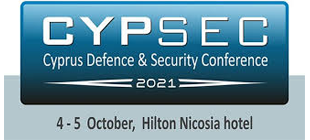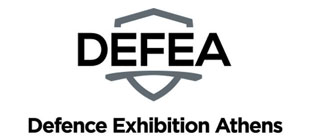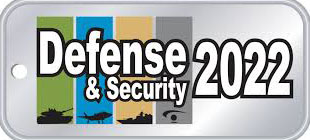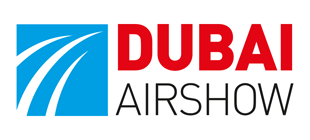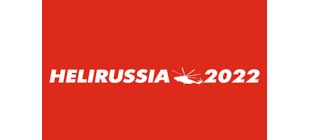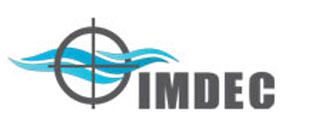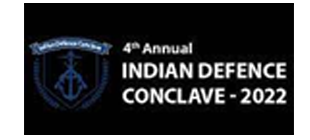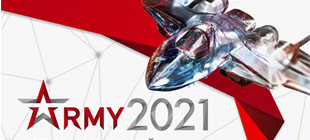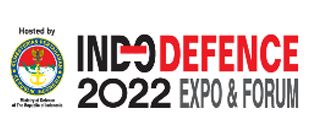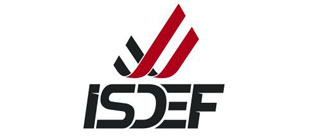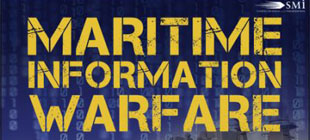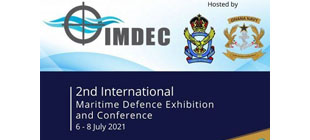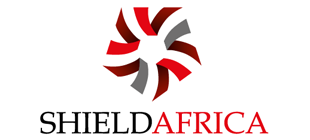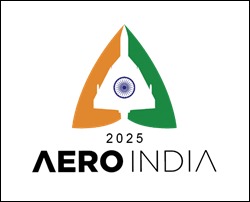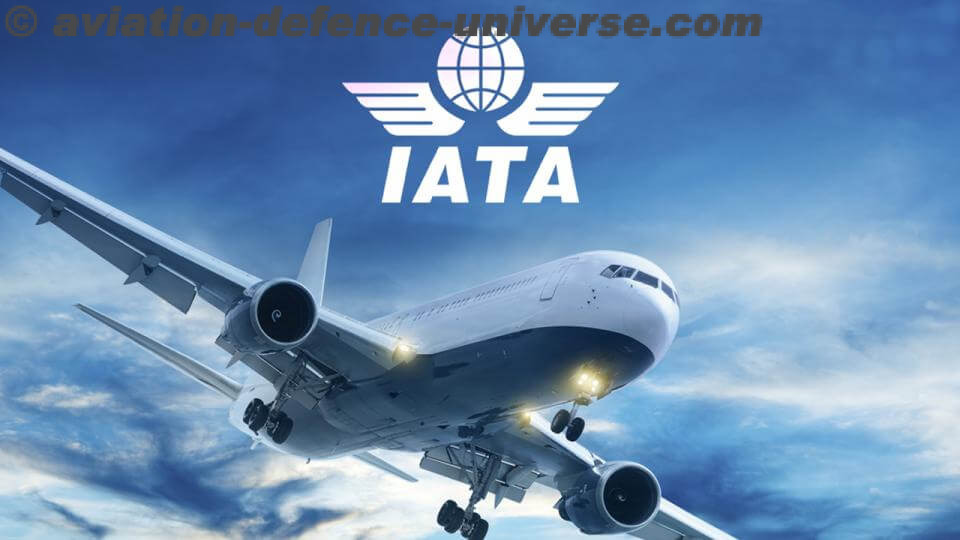
- Sets New Benchmarks in Aircraft Maintenance Supply Chains
- Reinvents Global Aircraft Maintenance Economy
By Sangeeta Saxena
New Delhi. 01 June 2025. As the 81st Annual General Meeting (AGM) of the International Air Transport Association (IATA) is all set to take off, one standout innovation taking center stage is the MRO SmartHub — a comprehensive digital platform revolutionizing how global aviation stakeholders manage maintenance, repair, and overhaul (MRO) operations.
Positioned as a neutral, cloud-based tool, the SmartHub is designed to help airlines, OEMs, and MRO providers reduce costs and increase visibility across the surplus aircraft parts market. By offering real-time access to Fair Market Values (FMVs) and enabling smarter procurement decisions, the platform allows users to potentially save 10–15% in material expenditures while enhancing supply chain responsiveness.
The MRO SmartHub is structured around six integrated modules: Connector facilitates real-time trading with full pricing transparency; Evaluator provides FMV data and analytics; Auctioneer manages part auctions; Asset Manager helps coordinate teardown asset procurement; Teardown Module centralizes dismantling processes for all stakeholders; and Consignment ensures traceable, seamless consignment handling. Each module can be embedded into existing ERP systems, making SmartHub a scalable and interoperable solution for modern aviation needs.
As India positions itself as a global MRO destination, the SmartHub aligns seamlessly with its vision for aerospace self-reliance. Indian airlines and maintenance providers stand to benefit from joining this data-driven network, gaining access to a worldwide ecosystem of vetted suppliers and real-time component pricing. The presence of SmartHub at IATA’s AGM underscores the growing importance of digital supply chain transformation within India’s broader aviation ambitions.
Companies already utilizing the platform — including Lufthansa Technik, KLM Engineering & Maintenance, AAR, Iberia Maintenance, and Turkish Technic — report not only cost reductions but also higher efficiency in inventory usage and part reuse. For India, integrating with this international standard could enhance competitiveness, particularly as the country eyes a larger role in the global aircraft servicing and repair marketplace.
Moreover, in the wake of COVID-19, the importance of Used Serviceable Materials (USMs) has risen sharply. SmartHub has proven essential in maintaining fleet operations affordably by offering accurate valuations and transaction visibility — critical factors in sustaining cash-strapped airlines and operators.
A core innovation within SmartHub is IATA’s proprietary Fair Market Value (FMV) engine. Designed to provide neutral pricing benchmarks for aircraft parts, the FMV tool draws on over 10 million verified data points across 1 million part numbers. Its algorithm, refined through statistical methods and hierarchical modeling, uses transaction records, catalog data, fleet information, and MRO insights to deliver precise, condition-specific pricing. The MRO SmartHub database has more than 10 million data points that can be used for visualization and calculating FMV. More than 20 companies have given information about almost 1 million part numbers for more than 50 types of aircraft and engines up to this point. Depending on the type of data, updates usually happen every month (for example, transaction data and MRO data) or every year (for example, parts catalog information and fleet size estimates).
Unlike basic average pricing systems, FMV supports real-world decisions such as pricing negotiations, procurement validation, or repair-vs-replace assessments. The two-tiered validation process — combining automated checks and manual review — ensures the data’s accuracy and reliability. Access to the Evaluator module is built on a data-sharing principle, fostering a give-and-take approach where participants contribute to and benefit from the ecosystem.
You can use the FMV as a starting point for any decision you need to make throughout the supply chain. Condition-specific FMVs, along with other data like typical market prices, trends, and repair costs, can assist consumers determine whether to buy or fix something, figure out sales prices, or check estimates. The FMV is based on the part number and condition so that it can be used as a fair and useful way to value something. You may, however, utilize the IATA FMV to find out how much a certain serial number is worth.
The FMV algorithm employs generic part information, transaction data (like purchase and sales orders), information about how parts can be used and altered, MRO data (like workshop orders and MRO catalogs), and external market data, such fleet statistics and maintenance specifications.
Most forms of data come from MRO SmartHub clients. The platform works on a give-and-take basis, thus a business that wants to utilize the Evaluator has to give and get information including MRO data, transaction data, and part information. For other kinds of data, such interoperability information, catalog data, fleet data, and more, we use publicly available sources and data providers from outside the company.
We review each dataset twice to make sure the data is accurate. The first step is to utilize statistical techniques to automatically look for data points that don’t follow the trend or are outliers. After that, someone checks and verifies the data by hand. You can only use a dataset for FMV calculation and visualization if it passes both tests.
By driving digital innovation, enhancing transparency, and enabling collaboration, IATA’s MRO SmartHub is rapidly becoming an essential infrastructure tool for aviation maintenance operations. As the aviation sector pushes for resilience, agility, and cost efficiency, SmartHub represents a critical step toward intelligent MRO ecosystems.
With New Delhi hosting the IATA AGM, and India poised to become a pivotal player in the MRO domain, SmartHub offers both global expertise and local opportunity — opening doors for Indian stakeholders to integrate with and contribute to a global, digitally connected future.
